Archives
- By thread 5362
-
By date
- June 2021 10
- July 2021 6
- August 2021 20
- September 2021 21
- October 2021 48
- November 2021 40
- December 2021 23
- January 2022 46
- February 2022 80
- March 2022 109
- April 2022 100
- May 2022 97
- June 2022 105
- July 2022 82
- August 2022 95
- September 2022 103
- October 2022 117
- November 2022 115
- December 2022 102
- January 2023 88
- February 2023 90
- March 2023 116
- April 2023 97
- May 2023 159
- June 2023 145
- July 2023 120
- August 2023 90
- September 2023 102
- October 2023 106
- November 2023 100
- December 2023 74
- January 2024 75
- February 2024 75
- March 2024 78
- April 2024 74
- May 2024 108
- June 2024 98
- July 2024 116
- August 2024 134
- September 2024 130
- October 2024 141
- November 2024 171
- December 2024 115
- January 2025 216
- February 2025 140
- March 2025 220
- April 2025 233
- May 2025 239
- June 2025 303
- July 2025 175
-
EP108: How do we design a secure system?
EP108: How do we design a secure system?
This weeks system design refresher: Top 12 Tips For API Security (Youtube video) How do we design a secure system? Things Every Developer Should Know: Concurrency is NOT parallelism Who are the Fantastic Four of System Design? SPONSOR US How to Start Your Engineering Metrics Program [Workshop] (Sponsored)͏ ͏ ͏ ͏ ͏ ͏ ͏ ͏ ͏ ͏ ͏ ͏ ͏ ͏ ͏ ͏ ͏ ͏ ͏ ͏ ͏ ͏ ͏ ͏ ͏ ͏ ͏ ͏ ͏ ͏ ͏ ͏ ͏ ͏ ͏ ͏ ͏ ͏ ͏ ͏ ͏ ͏ ͏ ͏ ͏ ͏ ͏ ͏ ͏ ͏ ͏ ͏ ͏ ͏ ͏ ͏ ͏ ͏ ͏ ͏ ͏ ͏ ͏ ͏ ͏ ͏ ͏ ͏ ͏ ͏ ͏ ͏ ͏ ͏ ͏ ͏ ͏ ͏ ͏ ͏ ͏ ͏ ͏ ͏ ͏ ͏ ͏ ͏ ͏ ͏ ͏ ͏ ͏ ͏ ͏ ͏ ͏ ͏ ͏ ͏ ͏ ͏ ͏ ͏ ͏ ͏ ͏ ͏ ͏ ͏ ͏ ͏ ͏ ͏ ͏ ͏ ͏ ͏ ͏ ͏ ͏ ͏ ͏ ͏ ͏ ͏ ͏ ͏ ͏ ͏ ͏ ͏ ͏ ͏ ͏ ͏ ͏ ͏ ͏ ͏ ͏ ͏ ͏ ͏ ͏ ͏ ͏ ͏ ͏ ͏ ͏ ͏ ͏ ͏ ͏ ͏ ͏ ͏ ͏ ͏ ͏ ͏ ͏ ͏ ͏ ͏ ͏ ͏ ͏ ͏ ͏ ͏ ͏ ͏ ͏ ͏ ͏ ͏ ͏ ͏ ͏ ͏ ͏ ͏ ͏ ͏ ͏ ͏ ͏ ͏ ͏ ͏ ͏ ͏ ͏ ͏ ͏ ͏ ͏ ͏ Forwarded this email? Subscribe here for moreThis weeks system design refresher:
Top 12 Tips For API Security (Youtube video)
How do we design a secure system?
Things Every Developer Should Know: Concurrency is NOT parallelism
Who are the Fantastic Four of System Design?
SPONSOR US
How to Start Your Engineering Metrics Program [Workshop] (Sponsored)
What’s the right metrics framework for your team? And how can you build a metrics program that not only measures, but improves engineering performance? LinearB is hosting a how-to workshop on May 2nd and 7th that will teach you how to shape your program to drive engineering efficiency. Successful implementation reduces cycle time by 47% on average, consistently improves developer experience measures, and increases delivery predictability.
This workshop includes:
A step-by-step framework for developing your program
Lessons from successful metrics + productivity initiatives
Take away materials and tools to help you get started
Top 12 Tips For API Security
How do we design a secure system?
Designing secure systems is important for a multitude of reasons, spanning from protecting sensitive information to ensuring the stability and reliability of the infrastructure. As developers, we should design and implement these security guidelines by default.
The diagram below is a pragmatic cheat sheet with the use cases and key design points.Authentication
Authorization
Encryption
Vulnerability
Audit & Compliance
Network Security
Terminal Security
Emergency Responses
Container Security
API Security
3rd-Party Vendor Management
Disaster Recovery
Latest articles
If you’re not a paid subscriber, here’s what you missed.
To receive all the full articles and support ByteByteGo, consider subscribing:
Things Every Developer Should Know: Concurrency is NOT parallelism
In system design, it is important to understand the difference between concurrency and parallelism.
As Rob Pyke(one of the creators of GoLang) stated:“ Concurrency is about dealing with lots of things at once. Parallelism is about doing lots of things at once." This distinction emphasizes that concurrency is more about the design of a program, while parallelism is about the execution.
Concurrency is about dealing with multiple things at once. It involves structuring a program to handle multiple tasks simultaneously, where the tasks can start, run, and complete in overlapping time periods, but not necessarily at the same instant.
Concurrency is about the composition of independently executing processes and describes a program's ability to manage multiple tasks by making progress on them without necessarily completing one before it starts another.
Parallelism, on the other hand, refers to the simultaneous execution of multiple computations. It is the technique of running two or more tasks or computations at the same time, utilizing multiple processors or cores within a computer to perform several operations concurrently. Parallelism requires hardware with multiple processing units, and its primary goal is to increase the throughput and computational speed of a system.
In practical terms, concurrency enables a program to remain responsive to input, perform background tasks, and handle multiple operations in a seemingly simultaneous manner, even on a single-core processor. It's particularly useful in I/O-bound and high-latency operations where programs need to wait for external events, such as file, network, or user interactions.
Parallelism, with its ability to perform multiple operations at the same time, is crucial in CPU-bound tasks where computational speed and throughput are the bottlenecks. Applications that require heavy mathematical computations, data analysis, image processing, and real-time processing can significantly benefit from parallel execution.Who are the Fantastic Four of System Design?
Scalability, Availability, Reliability, and Performance.
They are the most critical components to crafting successful software systems.Let’s look at each of them with implementation techniques:
Scalability
Scalability ensures that your application can handle more load without compromising performance.Availability
Availability makes sure that your application is always ready to serve the users and downtime is minimal.Reliability
Reliability is about building software that consistently delivers correct results.Performance
Performance is the ability of a system to carry out its tasks at an expected rate under peak load using available resources.
Over to you: What are the other pillars of system design and strategies you’ve come across?
SPONSOR US
Get your product in front of more than 500,000 tech professionals.
Our newsletter puts your products and services directly in front of an audience that matters - hundreds of thousands of engineering leaders and senior engineers - who have influence over significant tech decisions and big purchases.
Space Fills Up Fast - Reserve Today
Ad spots typically sell out about 4 weeks in advance. To ensure your ad reaches this influential audience, reserve your space now by emailing hi@bytebytego.com.
Like
Comment
Restack
© 2024 ByteByteGo
548 Market Street PMB 72296, San Francisco, CA 94104
Unsubscribe
by "ByteByteGo" <bytebytego@substack.com> - 11:36 - 20 Apr 2024 -
Ceci n’est pas une newsletter
The Shortlist
Four new insights
by "McKinsey CEO Shortlist" <publishing@email.mckinsey.com> - 04:38 - 19 Apr 2024 -
Want to know the economic upside of promoting Latinos in Hollywood?
On Point
Breaking barriers for Latinos in entertainment Brought to you by Liz Hilton Segel, chief client officer and managing partner, global industry practices, & Homayoun Hatami, managing partner, global client capabilities
•
Untapped potential of Latinos. Latinos could be the biggest per capita US consumers of media—and their culture and talent are popular among non-Latino US and global audiences, say senior partner Tomás Lajous and coauthors. Yet Latinos hold less than 5% of leading on-screen, off-screen, and executive roles in US media, according to McKinsey research. In an industry where who you know goes a long way, having fewer experienced Latinos to network with is a significant barrier.
—Edited by Querida Anderson, senior editor, New York
This email contains information about McKinsey's research, insights, services, or events. By opening our emails or clicking on links, you agree to our use of cookies and web tracking technology. For more information on how we use and protect your information, please review our privacy policy.
You received this newsletter because you subscribed to the Only McKinsey newsletter, formerly called On Point.
Copyright © 2024 | McKinsey & Company, 3 World Trade Center, 175 Greenwich Street, New York, NY 10007
by "Only McKinsey" <publishing@email.mckinsey.com> - 11:05 - 18 Apr 2024 -
Track and Manage Waste Collecting Fleets with Advanced Waste Management Software - SmartWaste.
Track and Manage Waste Collecting Fleets with Advanced Waste Management Software - SmartWaste.
Grow sustainable waste collection businesses with SmartWaste Software.SmartWaste simplifies the process of monitoring waste collection activities. Track the progress of the crew in real-time, ensuring that schedules are met and routes are optimized for maximum efficiency.
Benefits of having Waste Collection Software
Grow sustainable waste collection businesses with SmartWaste Software.

Uffizio Technologies Pvt. Ltd., 4th Floor, Metropolis, Opp. S.T Workshop, Valsad, Gujarat, 396001, India
by "Sunny Thakur" <sunny.thakur@uffizio.com> - 08:00 - 18 Apr 2024 -
A Crash Course in API Versioning Strategies
A Crash Course in API Versioning Strategies
Developing an API involves a lot of work, from planning to implementation. It's crucial to have a clear and easy-to-understand versioning strategy to avoid confusing developers. In this week's issue, we'll explore different versioning strategies for APIs.͏ ͏ ͏ ͏ ͏ ͏ ͏ ͏ ͏ ͏ ͏ ͏ ͏ ͏ ͏ ͏ ͏ ͏ ͏ ͏ ͏ ͏ ͏ ͏ ͏ ͏ ͏ ͏ ͏ ͏ ͏ ͏ ͏ ͏ ͏ ͏ ͏ ͏ ͏ ͏ ͏ ͏ ͏ ͏ ͏ ͏ ͏ ͏ ͏ ͏ ͏ ͏ ͏ ͏ ͏ ͏ ͏ ͏ ͏ ͏ ͏ ͏ ͏ ͏ ͏ ͏ ͏ ͏ ͏ ͏ ͏ ͏ ͏ ͏ ͏ ͏ ͏ ͏ ͏ ͏ ͏ ͏ ͏ ͏ ͏ ͏ ͏ ͏ ͏ ͏ ͏ ͏ ͏ ͏ ͏ ͏ ͏ ͏ ͏ ͏ ͏ ͏ ͏ ͏ ͏ ͏ ͏ ͏ ͏ ͏ ͏ ͏ ͏ ͏ ͏ ͏ ͏ ͏ ͏ ͏ ͏ ͏ ͏ ͏ ͏ ͏ ͏ ͏ ͏ ͏ ͏ ͏ ͏ ͏ ͏ ͏ ͏ ͏ ͏ ͏ ͏ ͏ ͏ ͏ ͏ ͏ ͏ ͏ ͏ ͏ ͏ ͏ ͏ ͏ ͏ ͏ ͏ ͏ ͏ ͏ ͏ ͏ ͏ ͏ ͏ ͏ ͏ ͏ ͏ ͏ ͏ ͏ ͏ ͏ ͏ ͏ ͏ ͏ ͏ ͏ ͏ ͏ ͏ ͏ ͏ ͏ ͏ ͏ ͏ ͏ ͏ ͏ ͏ ͏ ͏ ͏ ͏ ͏ ͏ ͏ Forwarded this email? Subscribe here for moreLatest articles
If you’re not a subscriber, here’s what you missed this month.
To receive all the full articles and support ByteByteGo, consider subscribing:
Developing an API involves a lot of work, from planning to implementation. It's crucial to have a clear and easy-to-understand versioning strategy to avoid confusing developers. In this week's issue, we'll explore different versioning strategies for APIs.
We'll begin by examining the reasons for versioning APIs and when it's necessary to release a new version. We'll also investigate various versioning strategies, how to label API versions, and methods for gracefully retiring outdated API versions.
So, without further ado, let’s jump right into it.
Why Version APIs?
As we add new features to our API, fix existing issues, or change how our API works, we need to deliver these changes without disrupting our users. Let’s understand this with an example.
Imagine we have an API for weather forecasts. Thousands of websites use it to build dashboards and other applications.
Let's say we want to change the data contract of our response object. This could involve renaming a field, adding a new one, or changing the entire data contract. If we change an existing field name, our users’ applications might stop working or start throwing errors.
To fix this, we'd have to ask all our users to update their applications to work with our newest changes. If this happens often, our users will be frustrated.
Versioning solves this problem. When we want to release a breaking change, we upgrade the version of our API. We release it in a way that lets users choose when to accept the changes.
Once clients start using our API, they rely on it to work as originally designed. If we make changes or release new versions without considering our clients' needs, it could cause problems. That's why it's important to version our API and give clients the choice to upgrade when they're ready.
That's why designing for change is essential for APIs. We should use versioning to deliver changes to our users in a clear, consistent, and well-documented manner.
When to Version APIs?...

Continue reading this post for free, courtesy of Alex Xu.
A subscription gets you:
An extra deep dive on Thursdays Full archive Many expense it with team's learning budget Like
Comment
Restack
© 2024 ByteByteGo
548 Market Street PMB 72296, San Francisco, CA 94104
Unsubscribe
by "ByteByteGo" <bytebytego@substack.com> - 11:35 - 18 Apr 2024 -
How well do you understand your own supply chain?
On Point
Addressing supply chain risk Brought to you by Liz Hilton Segel, chief client officer and managing partner, global industry practices, & Homayoun Hatami, managing partner, global client capabilities
•
Complex supply chains. Global trade has increased since the 1990s, improving millions of lives. Yet geopolitical concerns are also rising, and reducing imports from a country may not reduce geopolitical risk as much as expected. For instance, although the share of US imports of Chinese-made goods has declined, China’s share of value added in US final consumption has stayed steady, McKinsey Global Institute director Olivia White and coauthors reveal. This could result in a longer, more opaque, and not much more geopolitically diversified supply chain.
•
Understanding risk. For CFOs who function as the de facto chief risk officer in many organizations, it’s essential to dig deeper. A recent McKinsey survey revealed that only 2% of global supply chain leaders had visibility into their supply base beyond the second tier of suppliers. Find out three types of competitive edge that the best leaders sharpen in uncertain times, and read McKinsey Global Institute’s full report, Geopolitics and the geometry of global trade, to learn how global trade patterns are changing.
—Edited by Belinda Yu, editor, Atlanta
This email contains information about McKinsey's research, insights, services, or events. By opening our emails or clicking on links, you agree to our use of cookies and web tracking technology. For more information on how we use and protect your information, please review our privacy policy.
You received this newsletter because you subscribed to the Only McKinsey newsletter, formerly called On Point.
Copyright © 2024 | McKinsey & Company, 3 World Trade Center, 175 Greenwich Street, New York, NY 10007
by "Only McKinsey" <publishing@email.mckinsey.com> - 01:44 - 18 Apr 2024 -
What’s the future for cities in the postpandemic world?
Tune in New from McKinsey Global Institute

What’s the future for cities in the postpandemic world?
Tune in Prefer audio? Listen to the podcast, and explore past episodes of the Forward Thinking podcast. Subscribe via iTunes or Spotify.


Pandemic paradoxes, labor market myths, and ‘cowboy capitalism’ with David Autor
This email contains information about McKinsey's research, insights, services, or events. By opening our emails or clicking on links, you agree to our use of cookies and web tracking technology. For more information on how we use and protect your information, please review our privacy policy.
You received this email because you subscribed to our McKinsey Global Institute alert list.
Copyright © 2024 | McKinsey & Company, 3 World Trade Center, 175 Greenwich Street, New York, NY 10007
by "McKinsey Global Institute" <publishing@email.mckinsey.com> - 12:30 - 18 Apr 2024 -
More data would derisk investment in women’s health
Re:think
Closing the women’s health gap FRESH TAKES ON BIG IDEAS
ON WOMEN’S HEALTH
Improving women’s health could improve the world’s economyLucy Pérez
Being in good health means being unconstrained by physical, social, mental, or spiritual challenges that get in the way of being at your very best. Recent research from the McKinsey Health Institute indicates that men spend more time in good health than women do. This is what’s called the women’s health gap.
What’s behind this disparity? One reason is that women often aren’t treated in a way that reflects female biology. In the past, women’s health was equated with maternal and child health or, more broadly, sexual and reproductive health. That was based on the mistaken assumption that women were just smaller men, differentiated only by their reproductive organs.
It is now understood that female biology is different from male biology—beyond the reproductive system. This realization has led to more awareness of how some diseases manifest differently in women than in men and how addressing those differences can result in better health and economic outcomes.
Heart attacks, for example, tend to manifest in men as pressure on the left side of the chest and a weak or numb left arm. In women, they could also present as nausea, dizziness, or a feeling that something is off but you can’t quite pinpoint what. When a woman shows up to the ER with these symptoms, the doctor there may not have been trained to recognize that heart attacks may manifest differently in women. As a result, women are often sent home with medicine for their nausea, instead of being treated for a heart attack.
Data on why conditions manifest differently in men and women is lacking, which contributes to the health gap in multiple ways. For one, less data leads to less investment. When you’re spending upward of $1 billion to develop a drug, you want the best understanding of everything, including biological mechanisms, physiology, and genetics. The uterus is one of the least understood organs in the human body, even though almost half of the world’s population has one. A more limited understanding of how this organ works means it is riskier to develop drugs for conditions that affect it. So it’s not too surprising that uterine cancer is one of the top conditions contributing to the women’s health gap in the United States.“Our research shows that closing the women’s health gap could boost the global economy by $1 trillion annually by 2040.”
Many often assume that the women’s health gap primarily manifests later in life and is connected to women’s living longer on average. But we’ve found that the majority of the gap shows up during women’s prime working years. Not addressing it has huge economic implications, because if women were healthier, they could be more productive.
Our research shows that closing the women’s health gap could boost the global economy by $1 trillion annually by 2040. For the average woman, this would mean seven more days of living in good health each year and more time to be in the workforce. Closing the gap would also contribute to a stronger society, because healthier people are able to spend more time engaging with the world around them.
Employers in all industries should embrace policies that advance health equity. Support in the workplace for women experiencing menopause, for instance—a condition that almost every woman will go through but one that is poorly understood and whose diagnosis is often delayed—can go a long way toward retaining those who may otherwise exit the workforce prematurely.
The medical-research and academic communities also have a significant role to play. More investment is needed to collect data that enables us to understand sex-based differences and find solutions. Medical schools should evolve away from the prevalent model today, whereby women’s health is only covered as part of the OB-GYN rotation, so that medical professionals can understand and provide sex-appropriate care.
A couple of things inspire optimism. I am gratified to see more headlines about conditions that affect women differently or disproportionately. Women don’t have to lower their voices anymore to talk about menstrual health and menopause. More private-equity-backed companies are developing products focused on women’s health. The number of entrepreneurs focused on women’s health continues to rise. Regulators are increasingly demanding a better understanding of sex-based differences, and more providers are being trained on how to address sex-based differences. The world has made a lot of progress on this topic, but it still has a long way to go.ABOUT THIS AUTHOR
Lucy Pérez is a senior partner in McKinsey’s Boston office and an affiliated leader of the McKinsey Health Institute.
MORE FROM THIS AUTHOR
UP NEXT
Chandra Gnanasambandam on software productivity
Companies have long had a hard time gauging what contributes to the productivity of developer teams. But a new approach could help to tackle this challenge and fuel innovation in the process.
This email contains information about McKinsey’s research, insights, services, or events. By opening our emails or clicking on links, you agree to our use of cookies and web tracking technology. For more information on how we use and protect your information, please review our privacy policy.
You received this email because you subscribed to our McKinsey Quarterly alert list.
Copyright © 2024 | McKinsey & Company, 3 World Trade Center, 175 Greenwich Street, New York, NY 10007
by "McKinsey Quarterly" <publishing@email.mckinsey.com> - 01:07 - 17 Apr 2024 -
Elevate Your Security Strategy with Sumo Logic at the AWS Summit London
Sumo Logic
Join us at Stand S20 for insights on AI in defense strategies.
 Dear Mohammad,
Dear Mohammad,
Don't miss out on the chance to connect with Sumo Logic at the AWS Summit London on the 24th of April at the ExCel London.
Swing by Stand B36 to delve into the future of defense strategies in the age of AI.
Let's explore and discuss the Applications of AI in a modern defense strategy, providing insights on defending against AI-enabled adversaries and crafting an AI strategy to empower your Security Operations teams.
Discover how to adapt to new threats and navigate the ever-changing cyber landscape. At our booth you can also enter a prize draw with a chance to win a remarkable2.
Join us at Stand B36 and elevate your security game. We look forward to seeing you there!
Best regards,
Sumo Logic
About Sumo Logic
Sumo Logic is the pioneer in continuous intelligence, a new category of software to address the data challenges presented by digital transformation, modern applications, and cloud computing.Sumo Logic, Aviation House, 125 Kingsway, London WC2B 6NH, UK
© 2024 Sumo Logic, All rights reserved.Unsubscribe 


by "Sumo Logic" <marketing-info@sumologic.com> - 06:01 - 17 Apr 2024 -
How do business leaders view the world economy?
On Point
A fast-rising risk to growth Brought to you by Liz Hilton Segel, chief client officer and managing partner, global industry practices, & Homayoun Hatami, managing partner, global client capabilities
•
Renewed optimism. What a difference a year can make. In the latest McKinsey Global Survey on economic conditions, executives’ outlook on domestic conditions in most regions has become more hopeful, despite ongoing concerns about geopolitical instability. Views of the global economy are the most positive that they’ve been since March 2022, McKinsey Global Institute chair Sven Smit and coauthors reveal. Of those surveyed, 46% expect the global economy to improve in the next six months—nearly double the share of respondents expecting worsening conditions.
—Edited by Belinda Yu, editor, Atlanta
This email contains information about McKinsey's research, insights, services, or events. By opening our emails or clicking on links, you agree to our use of cookies and web tracking technology. For more information on how we use and protect your information, please review our privacy policy.
You received this newsletter because you subscribed to the Only McKinsey newsletter, formerly called On Point.
Copyright © 2024 | McKinsey & Company, 3 World Trade Center, 175 Greenwich Street, New York, NY 10007
by "Only McKinsey" <publishing@email.mckinsey.com> - 11:06 - 16 Apr 2024 -
How PayPal Serves 350 Billion Daily Requests with JunoDB
How PayPal Serves 350 Billion Daily Requests with JunoDB
Stop releasing bugs with fully automated end-to-end test coverage (Sponsored) Bugs sneak out when less than 80% of user flows are tested before shipping. But how do you get that kind of coverage? You either spend years scaling in-house QA — or you get there in just 4 months with QA Wolf͏ ͏ ͏ ͏ ͏ ͏ ͏ ͏ ͏ ͏ ͏ ͏ ͏ ͏ ͏ ͏ ͏ ͏ ͏ ͏ ͏ ͏ ͏ ͏ ͏ ͏ ͏ ͏ ͏ ͏ ͏ ͏ ͏ ͏ ͏ ͏ ͏ ͏ ͏ ͏ ͏ ͏ ͏ ͏ ͏ ͏ ͏ ͏ ͏ ͏ ͏ ͏ ͏ ͏ ͏ ͏ ͏ ͏ ͏ ͏ ͏ ͏ ͏ ͏ ͏ ͏ ͏ ͏ ͏ ͏ ͏ ͏ ͏ ͏ ͏ ͏ ͏ ͏ ͏ ͏ ͏ ͏ ͏ ͏ ͏ ͏ ͏ ͏ ͏ ͏ ͏ ͏ ͏ ͏ ͏ ͏ ͏ ͏ ͏ ͏ ͏ ͏ ͏ ͏ ͏ ͏ ͏ ͏ ͏ ͏ ͏ ͏ ͏ ͏ ͏ ͏ ͏ ͏ ͏ ͏ ͏ ͏ ͏ ͏ ͏ ͏ ͏ ͏ ͏ ͏ ͏ ͏ ͏ ͏ ͏ ͏ ͏ ͏ ͏ ͏ ͏ ͏ ͏ ͏ ͏ ͏ ͏ ͏ ͏ ͏ ͏ ͏ ͏ ͏ ͏ ͏ ͏ ͏ ͏ ͏ ͏ ͏ ͏ ͏ ͏ ͏ ͏ ͏ ͏ ͏ ͏ ͏ ͏ ͏ ͏ ͏ ͏ ͏ ͏ ͏ ͏ ͏ ͏ ͏ ͏ ͏ ͏ ͏ ͏ ͏ ͏ ͏ ͏ ͏ ͏ ͏ ͏ ͏ ͏ ͏ Forwarded this email? Subscribe here for moreStop releasing bugs with fully automated end-to-end test coverage (Sponsored)
Bugs sneak out when less than 80% of user flows are tested before shipping. But how do you get that kind of coverage? You either spend years scaling in-house QA — or you get there in just 4 months with QA Wolf.
How's QA Wolf different?
They don't charge hourly.
They guarantee results.
They provide all of the tooling and (parallel run) infrastructure needed to run a 15-minute QA cycle.
Have you ever seen a database that fails and comes up again in the blink of an eye?
PayPal’s JunoDB is a database capable of doing so. As per PayPal’s claim, JunoDB can run at 6 nines of availability (99.9999%). This comes to just 86.40 milliseconds of downtime per day.
For reference, our average eye blink takes around 100-150 milliseconds.
While the statistics are certainly amazing, it also means that there are many interesting things to pick up from JunoDB’s architecture and design.
In this post, we will cover the following topics:
JunoDB’s Architecture Breakdown
How JunoDB achieves scalability, availability, performance, and security
Use cases of JunoDB
Key Facts about JunoDB
Before we go further, here are some key facts about JunoDB that can help us develop a better understanding of it.
JunoDB is a distributed key-value store. Think of a key-value store as a dictionary where you look up a word (the “key”) to find its definition (the “value”).
JunoDB leverages a highly concurrent architecture implemented in Go to efficiently handle hundreds of thousands of connections.
At PayPal, JunoDB serves almost 350 billion daily requests and is used in every core backend service, including critical functionalities like login, risk management, and transaction processing.
PayPal primarily uses JunoDB for caching to reduce the load on the main source-of-truth database. However, there are also other use cases that we will discuss in a later section.
The diagram shows how JunoDB fits into the overall scheme of things at PayPal.
Why the Need for JunoDB?
One common question surrounding the creation of something like JunoDB is this:
“Why couldn’t PayPal just use something off-the-shelf like Redis?”
The reason is PayPal wanted multi-core support for the database and Redis is not designed to benefit from multiple CPU cores. It is single-threaded in nature and utilizes only one core. Typically, you need to launch several Redis instances to scale out on several cores if needed.
Incidentally, JunoDB started as a single-threaded C++ program and the initial goal was to use it as an in-memory short TTL data store.
For reference, TTL stands for Time to Live. It specifies the maximum duration a piece of data should be retained or the maximum time it is considered valid.
However, the goals for JunoDB evolved with time.
First, PayPal wanted JunoDB to work as a persistent data store supporting long TTLs.
Second, JunoDB was also expected to provide improved data security via on-disk encryption and TLS in transit by default.
These goals meant that JunoDB had to be CPU-bound rather than memory-bound.
For reference, “memory-bound” and “CPU-bound” refer to different performance aspects in computer programs. As the name suggests, the performance of memory-bound programs is limited by the amount of available memory. On the other hand, CPU-bound programs depend on the processing power of the CPU.
For example, Redis is memory-bound. It primarily stores the data in RAM and everything about it is optimized for quick in-memory access. The limiting factor for the performance of Redis is memory rather than CPU.
However, requirements like encryption are CPU-intensive because many cryptographic algorithms require raw processing power to carry out complex mathematical calculations.
As a result, PayPal decided to rewrite the earlier version of JunoDB in Go to make it multi-core friendly and support high concurrency.
The Architecture of JunoDB
The below diagram shows the high-level architecture of JunoDB.
Let’s look at the main components of the overall design.
1 - JunoDB Client Library
The client library is part of the client application and provides an API for storing and retrieving data via the JunoDB proxy.
It is implemented in several programming languages such as Java, C++, Python, and Golang to make it easy to use across different application stacks.
For developers, it’s just a matter of picking the library for their respective programming language and including it in the application to carry out the various operations.
2 - JunoDB Proxy with Load Balancer
JunoDB utilizes a proxy-based design where the proxy connects to all JunoDB storage server instances.
This design has a few important advantages:
The complexity of determining which storage server should handle a query is kept out of the client libraries. Since JunoDB is a distributed data store, the data is spread across multiple servers. The proxy handles the job of directing the requests to the correct server.
The proxy is also aware of the JunoDB cluster configuration (such as shard mappings) stored in the ETCD key-value store.
But can the JunoDB proxy turn into a single point of failure?
To prevent this possibility, the proxy runs on multiple instances downstream to a load balancer. The load balancer receives incoming requests from the client applications and routes the requests to the appropriate proxy instance.
3 - JunoDB Storage Servers
The last major component in the JunoDB architecture is the storage servers.
These are instances that accept the operation requests from the proxy and store data in the memory or persistent storage.
Each storage server is responsible for a set of partitions or shards for an efficient distribution of data.
Internally, JunoDB uses RocksDB as the storage engine. Using an off-the-shelf storage engine like RocksDB is common in the database world to avoid building everything from the ground up. For reference, RocksDB is an embedded key-value storage engine that is optimized for high read and write throughput.
Key Priorities of JunoDB
Now that we have looked at the overall design and architecture of JunoDB, it’s time to understand a few key priorities for JunoDB and how it achieves them.
Scalability
Several years ago, PayPal transitioned to a horizontally scalable microservice-based architecture to support the rapid growth in active customers and payment rates.
While microservices solve many problems for them, they also have some drawbacks.
One important drawback is the increased number of persistent connections to key-value stores due to scaling out the application tier. JunoDB handles this scaling requirement in two primary ways.
1 - Scaling for Client Connections
As discussed earlier, JunoDB uses a proxy-based architecture.
If client connections to the database reach a limit, additional proxies can be added to support more connections.
There is an acceptable trade-off with latency in this case.
2 - Scaling for Data Volume and Throughput
The second type of scaling requirement is related to the growth in data size.
To ensure efficient storage and data fetching, JunoDB supports partitioning based on the consistent hashing algorithm. Partitions (or shards) are distributed to physical storage nodes using a shard map.
Consistent hashing is very useful in this case because when the nodes in a cluster change due to additions or removals, only a minimal number of shards require reassignment to different storage nodes.
PayPal uses a fixed number of shards (1024 shards, to be precise), and the shard map is pre-generated and stored in ETCD storage.
Any change to the shard mapping triggers an automatic data redistribution process, making it easy to scale your JunoDB cluster depending on the need.
The below diagram shows the process in more detail.
Availability
High availability is critical for PayPal. You can’t have a global payment platform going down without a big loss of reputation.
However, outages can and will occur due to various reasons such as software bugs, hardware failures, power outages, and even human error. Failures can lead to data loss, slow response times, or complete unavailability.
To mitigate these challenges, JunoDB relies on replication and failover strategies.
1 - Within-Cluster Replication
In a cluster, JunoDB storage nodes are logically organized into a grid. Each column represents a zone, and each row signifies a storage group.
Data is partitioned into shards and assigned to storage groups. Within a storage group, each shard is synchronously replicated across various zones based on the quorum protocol.
The quorum-based protocol is the key to reaching a consensus on a value within a distributed database. You’ve two quorums:
The Read Quorum: When a client wants to read data, it needs to receive responses from a certain number of zones (known as the read quorum). This is to make sure that it gets the most up-to-date data.
The Write Quorum: When the client wants to write data, it must receive acknowledgment from a certain number of zones to make sure that the data is written to a majority of the zones.
There are two important rules when it comes to quorum.
The sum of the read quorum and write quorum must be greater than the number of zones. If that’s not the case, the client may end up reading outdated data. For example, if there are 5 zones with read quorum as 2 and write quorum as 3, a client can write data to 3 zones but another client may read from the 2 zones that have not yet received the updated data.
The write quorum must be more than half the number of zones to prevent two concurrent write operations on the same key. For example, if there is a JunoDB cluster with 5 zones and a write quorum of 2, client A may write value X to key K and is considered successful when 2 zones acknowledge the request. Similarly, client B may write value Y to the same key K and is also successful when two different zones acknowledge the request. Ultimately, the data for key K is in an inconsistent state.
In production, PayPal has a configuration with 5 zones, a read quorum of 3, and a write quorum of 3.
Lastly, the failover process in JunoDB is automatic and instantaneous without any need for leader re-election or data redistribution. Proxies can know about a node failure through a lost connection or a read request that has timed out.
2 - Cross-data center replication
Cross-data center replication is implemented by asynchronously replicating data between the proxies of each cluster across different data centers.
This is important to make sure that the system continues to operate even if there’s a catastrophic failure at one data center.
Performance
One of the critical goals of JunoDB is to deliver high performance at scale.
This translates to maintaining single-digit millisecond response times while providing a great user experience.
The below graphs shared by PayPal show the benchmark results demonstrating JunoDB’s performance in the case of persistent connections and high throughput.
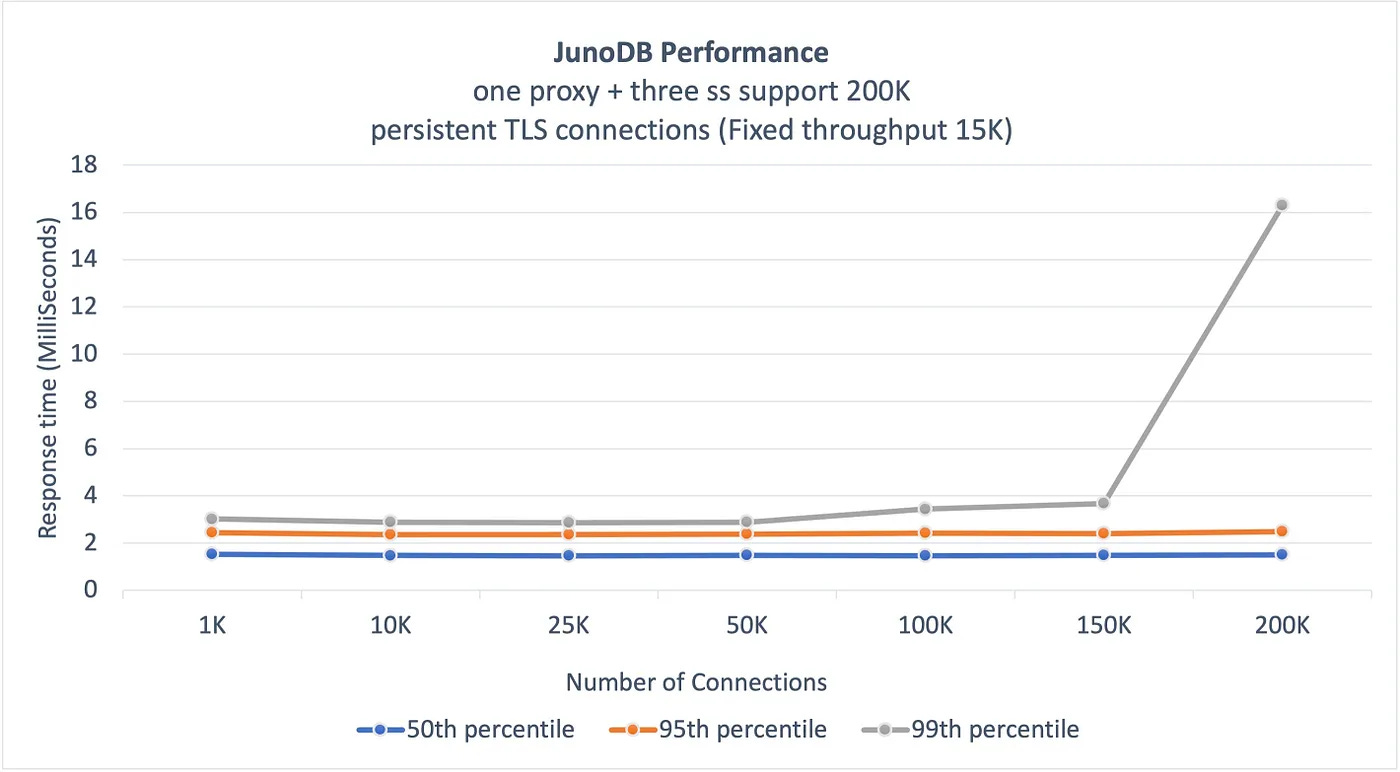
Source: PayPal Engineering Blog 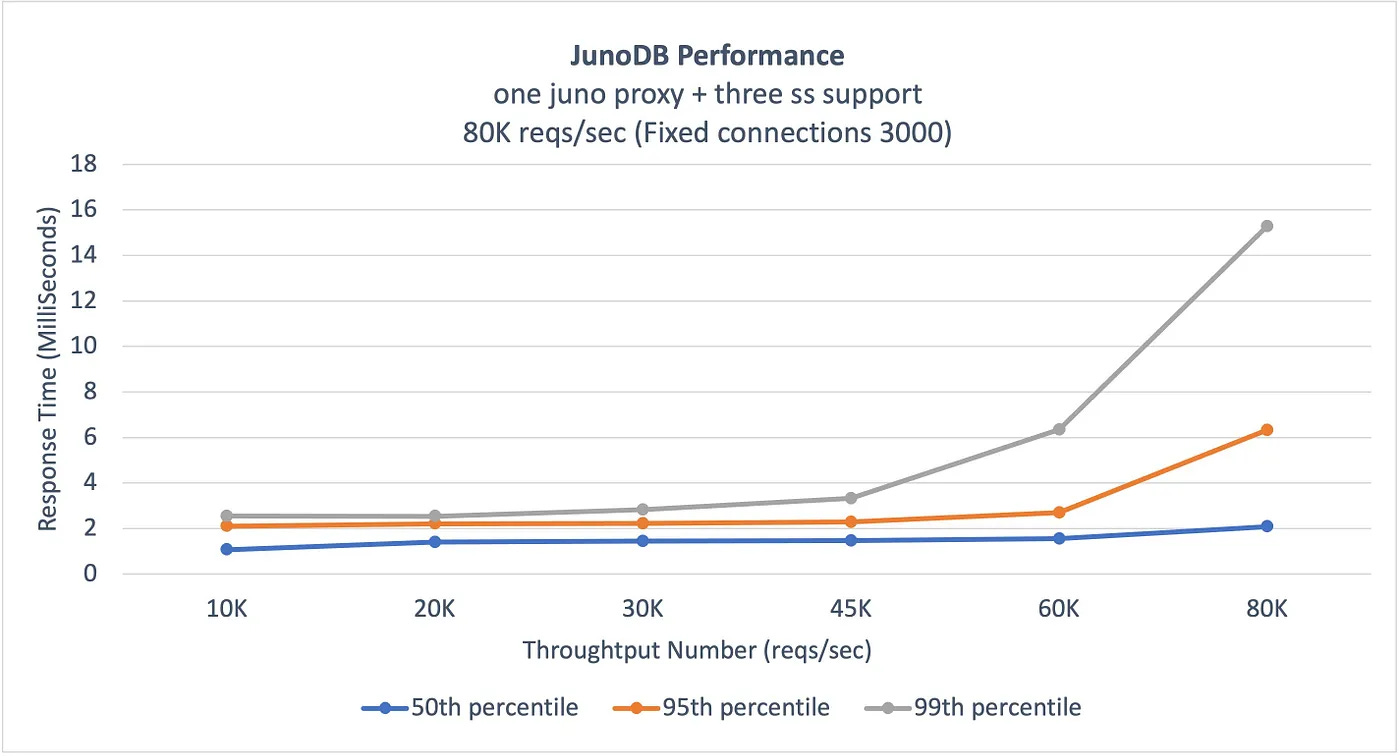
Source: PayPal Engineering Blog Security
Being a trusted payment processor, security is paramount for PayPal.
Therefore, it’s no surprise that JunoDB has been designed to secure data both in transit and at rest.
For transmission security, TLS is enabled between the client and proxy as well as proxies in different data centers used for replication.
Payload encryption is performed at the client or proxy level to prevent multiple encryptions of the same data. The ideal approach is to encrypt the data on the client side but if it’s not done, the proxy figures it out through a metadata flag and carries out the encryption.
All data received by the storage server and stored in the engine are also encrypted to maintain security at rest.
A key management module is used to manage certificates for TLS, sessions, and the distribution of encryption keys to facilitate key rotation,
The below diagram shows JunoDB’s security setup in more detail.
Use Cases of JunoDB
With PayPal having made JunoDB open-source, it’s possible that you can also use it within your projects.
There are various use cases where JunoDB can help. Let’s look at a few important ones:
1 - Caching
You can use JunoDB as a temporary cache to store data that doesn’t change frequently.
Since JunoDB supports both short and long-lived TTLs, you can store data from a few seconds to a few days. For example, a use case is to store short-lived tokens in JunoDB instead of fetching them from the database.
Other items you can cache in JunoDB are user preferences, account details, and API responses.
2 - Idempotency
You can also use JunoDB to implement idempotency.
An operation is idempotent when it produces the same result even when applied multiple times. With idempotency, repeating the operation is safe and you don’t need to be worried about things like duplicate payments getting applied.
PayPal uses JunoDB to ensure they don’t process a particular payment multiple times due to retries. JunoDB’s high availability makes it an ideal data store to keep track of processing details without overloading the main database.
3 - Counters
Let’s say you’ve certain resources that aren’t available for some reason or they have an access limit to their usage. For example, these resources can be database connections, API rate limits, or user authentication attempts.
You can use JunoDB to store counters for these resources and track whether their usage exceeds the threshold.
4 - Latency Bridging
As we discussed earlier, JunoDB provides fast inter-cluster replication. This can help you deal with slow replication in a more traditional setup.
For example, in PayPal’s case, they run Oracle in Active-Active mode, but the replication usually isn’t as fast as they would like for their requirement.
It means there are chances of inconsistent reads if records written in one data center are not replicated in the second data center and the first data center goes down.
JunoDB can help bridge the latency where you can write to Data Center A (both Oracle and JunoDB) and even if it goes down, you can read the updates consistently from the JunoDB instance in Data Center B.
See the below diagram for a better understanding of this concept.
Conclusion
JunoDB is a distributed key-value store playing a crucial role in various PayPal applications. It provides efficient data storage for fast access to reduce the load on costly database solutions.
While doing so, it also fulfills critical requirements such as scalability, high availability with performance, consistency, and security.
Due to its advantages, PayPal has started using JunoDB in multiple use cases and patterns. For us, it provides a great opportunity to learn about an exciting new database system.
References:
Like
Comment
Restack
© 2024 ByteByteGo
548 Market Street PMB 72296, San Francisco, CA 94104
Unsubscribe
by "ByteByteGo" <bytebytego@substack.com> - 11:36 - 16 Apr 2024 -
What’s on CEO agendas as 2024 unfolds?
On Point
The issues that matter most Brought to you by Liz Hilton Segel, chief client officer and managing partner, global industry practices, & Homayoun Hatami, managing partner, global client capabilities
•
Building geopolitical muscle. An endless series of disruptions are making it much harder to lead, Homayoun Hatami, McKinsey’s managing partner for client capabilities, reflects on a recent episode of The McKinsey Podcast. What should leaders focus on as 2024 unfolds? As geopolitical risks rise, leaders must strengthen their abilities to address issues such as investing in new markets. They should also consider establishing processes and systems that enable geopolitically informed decision making, McKinsey’s chief client officer Liz Hilton Segel says.
—Edited by Belinda Yu, editor, Atlanta
This email contains information about McKinsey's research, insights, services, or events. By opening our emails or clicking on links, you agree to our use of cookies and web tracking technology. For more information on how we use and protect your information, please review our privacy policy.
You received this newsletter because you subscribed to the Only McKinsey newsletter, formerly called On Point.
Copyright © 2024 | McKinsey & Company, 3 World Trade Center, 175 Greenwich Street, New York, NY 10007
by "Only McKinsey" <publishing@email.mckinsey.com> - 01:25 - 16 Apr 2024 -
A leader’s guide to digital virtualization
The real thing Brought to you by Liz Hilton Segel, chief client officer and managing partner, global industry practices, & Homayoun Hatami, managing partner, global client capabilities
“You stay in Wonderland, and I show you how deep the rabbit hole goes,” says the character Morpheus in the classic sci-fi thriller The Matrix, which showcases the extent to which the lines between the virtual and the real can blur. Today, digital technologies have enabled organizations to simulate, experiment, and innovate in imaginative ways and at speeds that would be almost impossible in a solely physical environment. This week, join us as we go down the rabbit hole—to a world where fantasy and reality can meet.
“The line between the digital and the physical has dissolved completely” for some companies, according to McKinsey senior partner Kimberly Borden and colleagues in a new article on digital innovation. “It’s now possible to create digital representations of components, products, and processes that precisely replicate the behavior of their real-world counterparts,” they note. For example, by creating virtual prototypes to simulate thousands of different racing conditions, a sailboat team won two major competitions; a heart pump maker deployed high-performance virtualization to reduce design optimization time by over a factor of 1,000. To be successful at digital virtualization, “build it to a code that verifiably matches digital results to the physical world, within an acceptable error range,” suggest the authors. “At that point, the virtualization can be trusted as authoritative and safe to use.”
That’s the potential size of the opportunity for the virtual travel industry by 2030, McKinsey research shows. The metaverse—a collective space where physical and digital worlds converge to deliver immersive, interactive user experiences—is already transforming many sectors: “You can attend concerts, shop, test products, visit attractions, and take workshops, all without physically traveling anywhere,” observe McKinsey partner Margaux Constantin and colleagues. To gain first-mover advantage in the metaverse, travel companies may need to focus on four key steps, including finding the right talent. “Developing any offer will likely require new skills—not just to make your immersive world look good but to ensure that it’s smooth and exhilarating to use,” say the McKinsey experts.
That’s Camille Kroely, chief metaverse and Web3 officer at L’Oréal, on how the global cosmetics company trains its own executives to become proficient in digital skills. L’Oréal has launched several initiatives to blend the physical, digital, and virtual worlds in its product marketing—for example, by working with avatar developers to offer virtual makeup looks. “Upskilling is now part of our road map,” says Kroely. “One of the first things that we did with our executive committee members was to train and upskill them so that they can keep learning by themselves—such as opening their own wallets, customizing their avatars, testing the platform, and going on [the online game platform] Roblox.”
Creating a dedicated digital unit can sometimes be the most efficient way to quickly spread innovative digital practices throughout the organization. That strategy has worked for Saudi Arabia’s Alinma Bank, according to chief digital officer Sami Al-Rowaithey. Recently, the bank established a “digital factory,” says Al-Rowaithey in a conversation with McKinsey partner Sonia Wedrychowicz. “It’s responsible for managing the entire digital structure and its associated strategies, business development, product innovation, experience management, performance management, and digital profitability,” he says. While that may seem like a daunting task, it helps to act fast, adds Al-Rowaithey. “The first thing I would say is to not spend a lot of time trying to figure out all the details of the journey. It’s important to start quick, learn as you go, be flexible, modify, and move on.”
Clones may seem creepy in science fiction, but they can be highly practical in the real world. Digital twins—virtual replicas of physical objects, systems, or processes—are increasingly popular in product development and manufacturing. “Interacting with or modifying a product in a virtual space can be quicker, easier, and safer than doing so in the real world,” note McKinsey partners Roberto Argolini and Johannes Deichmann and colleagues. For example, a factory digital twin can model floor layouts, optimize the footprint, and estimate inventory size. “Eventually, we may see the emergence of digital twins capable of learning from their own experiences, identifying opportunities and offering product improvement suggestions entirely autonomously,” say the McKinsey experts.
Lead by virtualizing.
– Edited by Rama Ramaswami, senior editor, New York
Share these insights
Did you enjoy this newsletter? Forward it to colleagues and friends so they can subscribe too. Was this issue forwarded to you? Sign up for it and sample our 40+ other free email subscriptions here.
This email contains information about McKinsey’s research, insights, services, or events. By opening our emails or clicking on links, you agree to our use of cookies and web tracking technology. For more information on how we use and protect your information, please review our privacy policy.
You received this email because you subscribed to the Leading Off newsletter.
Copyright © 2024 | McKinsey & Company, 3 World Trade Center, 175 Greenwich Street, New York, NY 10007
by "McKinsey Leading Off" <publishing@email.mckinsey.com> - 04:41 - 15 Apr 2024 -
Do you know how healthy your organization is?
On Point
New measures of organizational health Brought to you by Liz Hilton Segel, chief client officer and managing partner, global industry practices, & Homayoun Hatami, managing partner, global client capabilities
•
Power practices. “The research is very clear: organizational health propels long-term performance,” McKinsey partner Brooke Weddle shares on a recent episode of McKinsey Talks Talent. To support organizational health, companies have to get four power practices right, adds partner Bryan Hancock, who joined Weddle on the podcast. These are strategic clarity—which means having clear and measurable goals—role clarity, personal ownership, and competitive insights (that is, understanding where businesses fit in versus the competition).
•
Decisive leadership. As leaders grapple with disruptions such as generative AI and persistent economic uncertainty, they’re discovering the need to be both decisive and empowering. McKinsey’s recently updated Organizational Health Index highlights decisive leadership as one of the best predictors of organizational health. Decisive leaders are able to quickly make and follow through on decisions, rather than leaning on their authority to get things done, Weddle says. Explore new measures of organizational health and three steps leaders can take to get started.
—Edited by Belinda Yu, editor, Atlanta
This email contains information about McKinsey's research, insights, services, or events. By opening our emails or clicking on links, you agree to our use of cookies and web tracking technology. For more information on how we use and protect your information, please review our privacy policy.
You received this newsletter because you subscribed to the Only McKinsey newsletter, formerly called On Point.
Copyright © 2024 | McKinsey & Company, 3 World Trade Center, 175 Greenwich Street, New York, NY 10007
by "Only McKinsey" <publishing@email.mckinsey.com> - 01:08 - 15 Apr 2024 -
The week in charts
The Week in Charts
Latino representation in Hollywood, gen AI risk assessments, and more Share these insights
Did you enjoy this newsletter? Forward it to colleagues and friends so they can subscribe too. Was this issue forwarded to you? Sign up for it and sample our 40+ other free email subscriptions here.
This email contains information about McKinsey's research, insights, services, or events. By opening our emails or clicking on links, you agree to our use of cookies and web tracking technology. For more information on how we use and protect your information, please review our privacy policy.
You received this email because you subscribed to The Week in Charts newsletter.
Copyright © 2024 | McKinsey & Company, 3 World Trade Center, 175 Greenwich Street, New York, NY 10007
by "McKinsey Week in Charts" <publishing@email.mckinsey.com> - 03:38 - 13 Apr 2024 -
EP107: Top 9 Architectural Patterns for Data and Communication Flow
EP107: Top 9 Architectural Patterns for Data and Communication Flow
This week’s system de sign refresher: Top 9 Architectural Patterns for Data and Communication Flow How Netflix Really Uses Java? Top 6 Cloud Messaging Patterns What Are the Most Important AWS Services To Learn? SPONSOR US Register for POST/CON 24 | Save 20% Off (Sponsored)͏ ͏ ͏ ͏ ͏ ͏ ͏ ͏ ͏ ͏ ͏ ͏ ͏ ͏ ͏ ͏ ͏ ͏ ͏ ͏ ͏ ͏ ͏ ͏ ͏ ͏ ͏ ͏ ͏ ͏ ͏ ͏ ͏ ͏ ͏ ͏ ͏ ͏ ͏ ͏ ͏ ͏ ͏ ͏ ͏ ͏ ͏ ͏ ͏ ͏ ͏ ͏ ͏ ͏ ͏ ͏ ͏ ͏ ͏ ͏ ͏ ͏ ͏ ͏ ͏ ͏ ͏ ͏ ͏ ͏ ͏ ͏ ͏ ͏ ͏ ͏ ͏ ͏ ͏ ͏ ͏ ͏ ͏ ͏ ͏ ͏ ͏ ͏ ͏ ͏ ͏ ͏ ͏ ͏ ͏ ͏ ͏ ͏ ͏ ͏ ͏ ͏ ͏ ͏ ͏ ͏ ͏ ͏ ͏ ͏ ͏ ͏ ͏ ͏ ͏ ͏ ͏ ͏ ͏ ͏ ͏ ͏ ͏ ͏ ͏ ͏ ͏ ͏ ͏ ͏ ͏ ͏ ͏ ͏ ͏ ͏ ͏ ͏ ͏ ͏ ͏ ͏ ͏ ͏ ͏ ͏ ͏ ͏ ͏ ͏ ͏ ͏ ͏ ͏ ͏ ͏ ͏ ͏ ͏ ͏ ͏ ͏ ͏ ͏ ͏ ͏ ͏ ͏ ͏ ͏ ͏ ͏ ͏ ͏ ͏ ͏ ͏ ͏ ͏ ͏ ͏ ͏ ͏ ͏ ͏ ͏ ͏ ͏ ͏ ͏ ͏ ͏ ͏ ͏ ͏ ͏ ͏ ͏ ͏ ͏ Forwarded this email? Subscribe here for moreThis week’s system de sign refresher:
Top 9 Architectural Patterns for Data and Communication Flow
How Netflix Really Uses Java?
Top 6 Cloud Messaging Patterns
What Are the Most Important AWS Services To Learn?
SPONSOR US
Register for POST/CON 24 | Save 20% Off (Sponsored)
Postman’s annual user conference will be one of 2024’s biggest developer events and it features a great mix of high-level talks from tech executives and hands-on training from some of the best developers in the world.
Learn: Get first-hand knowledge from Postman experts and global tech leaders.
Level up: Attend 8-hour workshops to leave with new skills (and badges!)
Become the first to know: See the latest API platform innovations, including advancements in AI.
Help shape the future of Postman: Give direct feedback to the Postman leadership team.
Network with fellow API practitioners and global tech leaders — including speakers from OpenAI, Heroku, and more.
Have fun: Enjoy cocktails, dinner, 360° views of the city, and a live performance from multi-platinum recording artist T-Pain!
Use code PCBYTEBYTEGO20 and save 20% off your ticket!
Top 9 Architectural Patterns for Data and Communication Flow
Peer-to-Peer
The Peer-to-Peer pattern involves direct communication between two components without the need for a central coordinator.API Gateway
An API Gateway acts as a single entry point for all client requests to the backend services of an application.Pub-Sub
The Pub-Sub pattern decouples the producers of messages (publishers) from the consumers of messages (subscribers) through a message broker.Request-Response
This is one of the most fundamental integration patterns, where a client sends a request to a server and waits for a response.Event Sourcing
Event Sourcing involves storing the state changes of an application as a sequence of events.ETL
ETL is a data integration pattern used to gather data from multiple sources, transform it into a structured format, and load it into a destination database.Batching
Batching involves accumulating data over a period or until a certain threshold is met before processing it as a single group.Streaming Processing
Streaming Processing allows for the continuous ingestion, processing, and analysis of data streams in real-time.Orchestration
Orchestration involves a central coordinator (an orchestrator) managing the interactions between distributed components or services to achieve a workflow or business process.
Latest articles
If you’re not a paid subscriber, here’s what you missed.
To receive all the full articles and support ByteByteGo, consider subscribing:
How Netflix Really Uses Java?
Netflix is predominantly a Java shop.
Every backend application (including internal apps, streaming, and movie production apps) at Netflix is a Java application.
However, the Java stack is not static and has gone through multiple iterations over the years.Here are the details of those iterations:
API Gateway
Netflix follows a microservices architecture. Every piece of functionality and data is owned by a microservice built using Java (initially version 8)
This means that rendering one screen (such as the List of List of Movies or LOLOMO) involved fetching data from 10s of microservices. But making all these calls from the client created a performance problem.
Netflix initially used the API Gateway pattern using Zuul to handle the orchestration.BFFs with Groovy & RxJava
Using a single gateway for multiple clients was a problem for Netflix because each client (such as TV, mobile apps, or web browser) had subtle differences.
To handle this, Netflix used the Backend-for-Frontend (BFF) pattern. Zuul was moved to the role of a proxy
In this pattern, every frontend or UI gets its own mini backend that performs the request fanout and orchestration for multiple services.
The BFFs were built using Groovy scripts and the service fanout was done using RxJava for thread management.GraphQL Federation
The Groovy and RxJava approach required more work from the UI developers in creating the Groovy scripts. Also, reactive programming is generally hard.
Recently, Netflix moved to GraphQL Federation. With GraphQL, a client can specify exactly what set of fields it needs, thereby solving the problem of overfetching and underfetching with REST APIs.
The GraphQL Federation takes care of calling the necessary microservices to fetch the data.
These microservices are called Domain Graph Service (DGS) and are built using Java 17, Spring Boot 3, and Spring Boot Netflix OSS packages. The move from Java 8 to Java 17 resulted in 20% CPU gains.
More recently, Netflix has started to migrate to Java 21 to take advantage of features like virtual threads.
Top 6 Cloud Messaging Patterns
How do services communicate with each other? The diagram below shows 6 cloud messaging patterns.
🔹 Asynchronous Request-Reply
This pattern aims at providing determinism for long-running backend tasks. It decouples backend processing from frontend clients.
In the diagram below, the client makes a synchronous call to the API, triggering a long-running operation on the backend. The API returns an HTTP 202 (Accepted) status code, acknowledging that the request has been received for processing.
🔹 Publisher-Subscriber
This pattern targets decoupling senders from consumers, and avoiding blocking the sender to wait for a response.
🔹 Claim Check
This pattern solves the transmision of large messages. It stores the whole message payload into a database and transmits only the reference to the message, which will be used later to retrieve the payload from the database.
🔹 Priority Queue
This pattern prioritizes requests sent to services so that requests with a higher priority are received and processed more quickly than those with a lower priority.
🔹 Saga
Saga is used to manage data consistency across multiple services in distributed systems, especially in microservices architectures where each service manages its own database.
The saga pattern addresses the challenge of maintaining data consistency without relying on distributed transactions, which are difficult to scale and can negatively impact system performance.
🔹 Competing Consumers
This pattern enables multiple concurrent consumers to process messages received on the same messaging channel. There is no need to configure complex coordination between the consumers. However, this pattern cannot guarantee message ordering.
Reference: Azure Messaging patternsWhat Are the Most Important AWS Services To Learn?
Since its inception in 2006, AWS has rapidly evolved from simple offerings like S3 and EC2 to an expansive, versatile cloud ecosystem.
Today, AWS provides a highly reliable, scalable infrastructure platform with over 200 services in the cloud, powering hundreds of thousands of businesses in 190 countries around the world.
For both newcomers and seasoned professionals, navigating the broad set of AWS services is no small feat.
From computing power, storage options, and networking capabilities to database management, analytics, and machine learning, AWS provides a wide array of tools that can be daunting to understand and master.
Each service is tailored to specific needs and use cases, requiring a deep understanding of not just the services themselves, but also how they interact and integrate within an IT ecosystem.
This attached illustration can serve as both a starting point and a quick reference for anyone looking to demystify AWS and focus their efforts on the services that matter most.
It provides a visual roadmap, outlining the foundational services that underpin cloud computing essentials, as well as advanced services catering to specific needs like serverless architectures, DevOps, and machine learning.
Over to you: What has your journey been like with AWS so far?SPONSOR US
Get your product in front of more than 500,000 tech professionals.
Our newsletter puts your products and services directly in front of an audience that matters - hundreds of thousands of engineering leaders and senior engineers - who have influence over significant tech decisions and big purchases.
Space Fills Up Fast - Reserve Today
Ad spots typically sell out about 4 weeks in advance. To ensure your ad reaches this influential audience, reserve your space now by emailing hi@bytebytego.com.
Like
Comment
Restack
© 2024 ByteByteGo
548 Market Street PMB 72296, San Francisco, CA 94104
Unsubscribe
by "ByteByteGo" <bytebytego@substack.com> - 11:35 - 13 Apr 2024 -
Embarcarse en un reinicio de la IA generativa
Además, el papel de la IA generativa en el diseño creativo de productos físicos Aunque la IA generativa ha sido uno de los temas principales de la agenda de muchas empresas este último año, capturar su valor es más difícil de lo esperado. 2024 es el año para que la IA generativa demuestre su valor, lo que requerirá que las empresas realicen cambios fundamentales y reconfiguren el negocio, escriben Eric Lamarre, Alex Singla, Alexander Sukharevsky y Rodney Zemmel en nuestro artículo destacado. Otros temas relevantes son:
•
el valor aún sin explotar de ofrecer más oportunidades al talento latino en Hollywood
•
el poder de la colaboración entre el CEO y el CMO
•
cómo aprovechar todo el potencial de la IA generativa en el diseño de productos físicos
•
cómo las instituciones financieras pueden prepararse para el futuro frente a los crecientes riesgos cibernéticos
La selección de nuestros editores
LOS DESTACADOS DE ESTE MES

Latinos en Hollywood: Amplificando voces, ampliando horizontes
Mejorar la representación de los latinos, sus historias y su cultura delante y detrás de cámaras podría generar miles de millones de dólares en nuevos ingresos para la industria, según un nuevo estudio de McKinsey.
Cierre la brecha
Análisis de la relación CEO-CMO y su efecto en el crecimiento
Los CEOs reconocen la experiencia y la importancia de los directores de marketing, así como su papel en el crecimiento de la empresa, pero aún existe una desconexión estratégica en la alta dirección. He aquí cómo cerrar la brecha.
Adopte un enfoque holístico
La IA generativa impulsa el diseño creativo de productos físicos, pero no es una varita mágica
Las herramientas de IA generativa pueden acortar significativamente los ciclos de vida del diseño de productos físicos y estimular la innovación, pero son necesarios los conocimientos y la discreción de los expertos en diseño para mitigar los posibles obstáculos.
Desbloquee la creatividad
Cómo la IA generativa puede ayudar a los bancos a gestionar el riesgo y el cumplimiento normativo
En los próximos cinco años, la IA generativa podría cambiar fundamentalmente la gestión de riesgos de las instituciones financieras al automatizar, acelerar y mejorar todo, desde el cumplimiento normativo hasta el control del riesgo climático.
Estrategias ganadoras para la IA generativa
El reloj cibernético no se detiene: Reducir el riesgo de las tecnologías emergentes en los servicios financieros
A medida que las instituciones financieras adoptan activamente las tecnologías emergentes, deberían actuar ahora con el fin de prepararse para el futuro frente a los crecientes riesgos cibernéticos.
Actúe
La creciente complejidad de ser miembro de un consejo de administración
Expertos en consejos de administración explican cómo sus miembros pueden hacer frente a las exigencias de unas agendas cada vez más apretadas.
Equilibre responsabilidadesEsperamos que disfrute de los artículos en español que seleccionamos este mes y lo invitamos a explorar también los siguientes artículos en inglés.

McKinsey Explainers
Find direct answers to complex questions, backed by McKinsey’s expert insights.
Learn more
McKinsey Themes
Browse our essential reading on the topics that matter.
Get up to speed
McKinsey on Books
Explore this month’s best-selling business books prepared exclusively for McKinsey Publishing by Circana.
See the lists
McKinsey Chart of the Day
See our daily chart that helps explain a changing world—as we strive for sustainable, inclusive growth.
Dive in
McKinsey Classics
Significant improvements in risk management can be gained quickly through selective digitization—but capabilities must be test hardened before release. Read our 2017 classic “Digital risk: Transforming risk management for the 2020s” to learn more.
Rewind
Leading Off
Our Leading Off newsletter features revealing research and inspiring interviews to empower you—and those you lead.
Subscribe now— Edited by Joyce Yoo, editor, New York
COMPARTA ESTAS IDEAS
¿Disfrutó este boletín? Reenvíelo a colegas y amigos para que ellos también puedan suscribirse. ¿Se le remitió este articulo? Regístrese y pruebe nuestras más de 40 suscripciones gratuitas por correo electrónico aquí.
Este correo electrónico contiene información sobre la investigación , los conocimientos, los servicios o los eventos de McKinsey. Al abrir nuestros correos electrónicos o hacer clic en los enlaces, acepta nuestro uso de cookies y tecnología de seguimiento web. Para obtener más información sobre cómo usamos y protegemos su información, consulte nuestra política de privacidad.
Recibió este correo electrónico porque es un miembro registrado de nuestro boletín informativo Destacados.
Copyright © 2024 | McKinsey & Company, 3 World Trade Center, 175 Greenwich Street, New York, NY 10007
by "Destacados de McKinsey" <publishing@email.mckinsey.com> - 08:19 - 13 Apr 2024 -
RE: Seeking for the agent in Saudi Arabia
Dear agent,
Trust you are doing great.
I sincerely invite you to join GLA platform and cover the increasing request ex Saudi Arabia from our GLA members.
Now is the best time to join GLA Family in the beginning of 2024.
Last but not the least, I wish you, your family and your company a prosperous 2024! See you in GLA Dubai Conference for a great talk if possible!
I am looking forward to your cooperative feedback regarding your GLA Membership Application.
Best regards,
Ella Liu
GLA Overseas Department
Mobile:
(86) 199 2879 7478
Email:
Company:
GLA Co.,Ltd
Website:
Address:
No. 2109, 21st Floor, HongChang, Plaza, No. 2001, Road Shenzhen, China
Ø The 10th GLA Global Logistics Conference will be held at 29th April–2nd May 2024 in Dubai, UAE.
Registration Link: https://www.glafamily.com/meeting/registration/Ella
Ø The 8th GLA Conference in Bangkok Thailand, online album: https://live.photoplus.cn/live/76884709?accessFrom=qrcode&userType=null&state=STATE
Ø The 9th GLA Conference in Hainan China, online album: https://live.photoplus.cn/live/61916679?accessFrom=qrcode&userType=null&state=STATE&code=0717A0200FZ46R10fJ200EJbI337A02u#/live
【Notice Agreement No 7】
7. GLA president reserves the right to cancel or reject membership or application.
company shall cease to be a member of GLA if:
a) the Member does not adhere to GLA terms and conditions
b) the Member gives notice of resignation in writing to the GLA.
c) No good reputation in the market.
d) Have bad debt records in the GLA platform or in the market
by "Ella Liu" <member139@glafamily.com> - 02:08 - 12 Apr 2024 -
Want to know how much the space sector could be worth by 2035?
On Point
A new WEF–McKinsey report Brought to you by Liz Hilton Segel, chief client officer and managing partner, global industry practices, & Homayoun Hatami, managing partner, global client capabilities
•
Space economy boom. Activity in space is accelerating. In 2023, “backbone” applications for space (such as satellites and services like GPS) made up $330 billion of the global space economy. “Reach” applications, which describe space technologies that companies across industries use to help generate revenues, represented another $300 billion. Over the next decade, space applications are expected to grow at an annual rate that is double the projected rate of GDP growth, McKinsey senior partner Ryan Brukardt and coauthors reveal.
•
Four key findings. To learn what will shape the future space economy, the World Economic Forum and McKinsey spoke with more than 60 leaders and experts across the globe. The team also used market forecasts and other data to develop original estimates for the size of each part of the space economy, including commercial services and state-sponsored civil and defense applications. To read our key findings on the space economy, download the full report, Space: The $1.8 trillion opportunity for economic growth.
—Edited by Belinda Yu, editor, Atlanta
This email contains information about McKinsey's research, insights, services, or events. By opening our emails or clicking on links, you agree to our use of cookies and web tracking technology. For more information on how we use and protect your information, please review our privacy policy.
You received this newsletter because you subscribed to the Only McKinsey newsletter, formerly called On Point.
Copyright © 2024 | McKinsey & Company, 3 World Trade Center, 175 Greenwich Street, New York, NY 10007
by "Only McKinsey" <publishing@email.mckinsey.com> - 01:13 - 12 Apr 2024 -
White Label Fuel Monitoring Software
White Label Fuel Monitoring Software
A versatile fuel monitoring system that can be tailored to fit any brand or company's fuel sensor, regardless of type or model.A versatile fuel monitoring system that can be tailored to fit any brand or company's fuel sensor, regardless of type or model.
Catch a glimpse of what our software has to offer

Uffizio Technologies Pvt. Ltd., 4th Floor, Metropolis, Opp. S.T Workshop, Valsad, Gujarat, 396001, India
by "Sunny Thakur" <sunny.thakur@uffizio.com> - 08:00 - 11 Apr 2024

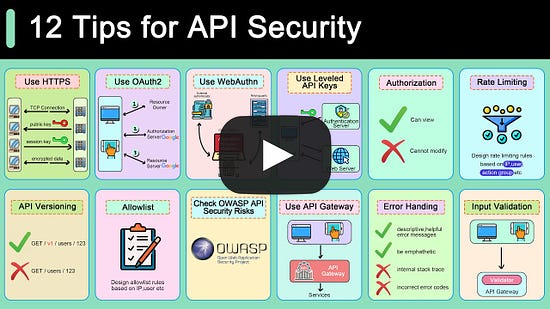
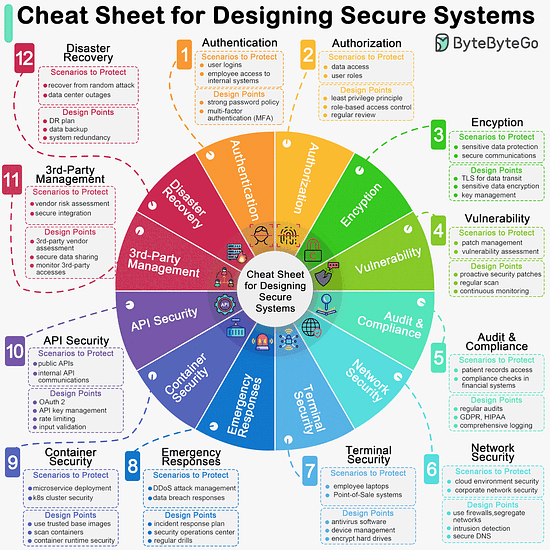
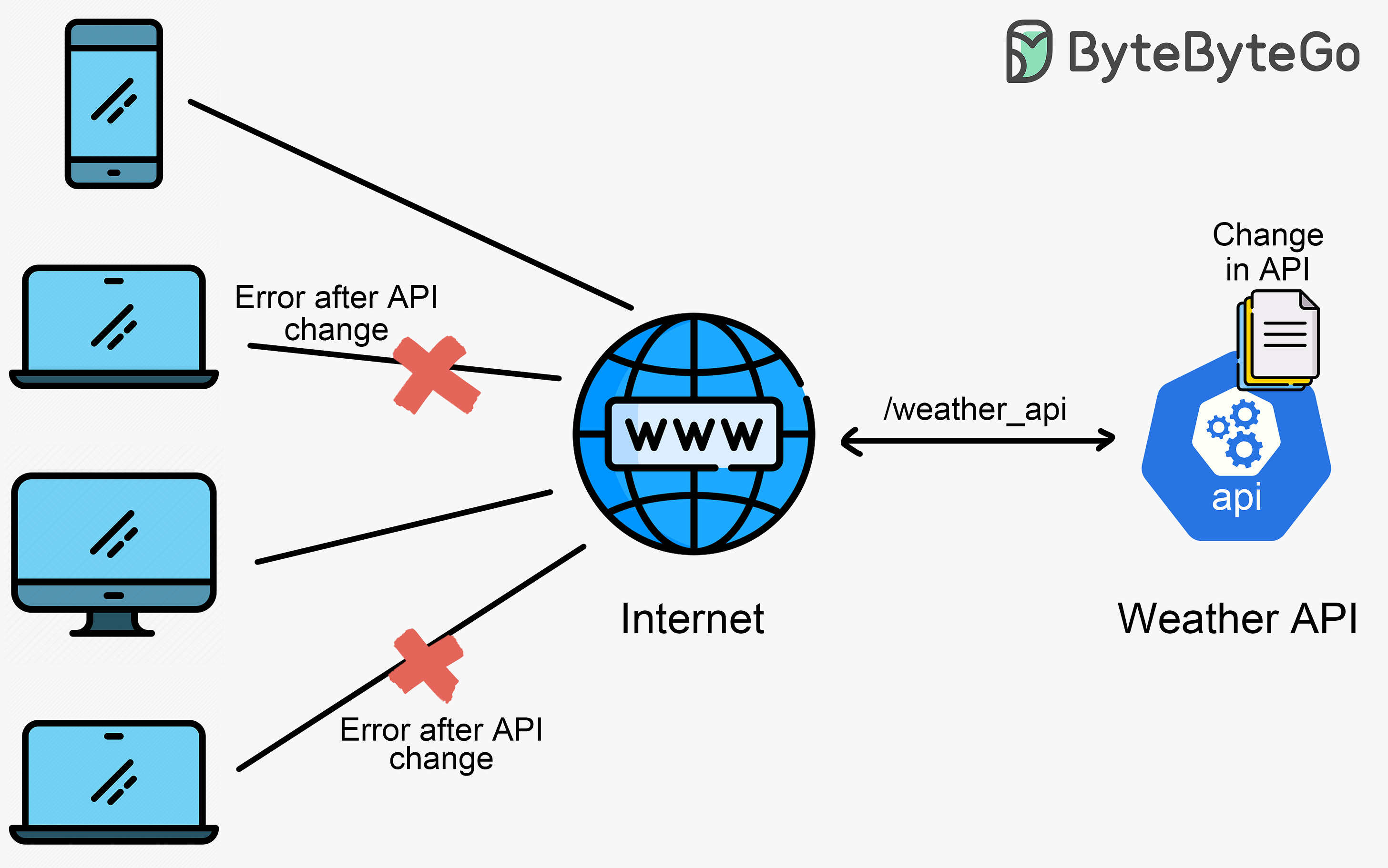
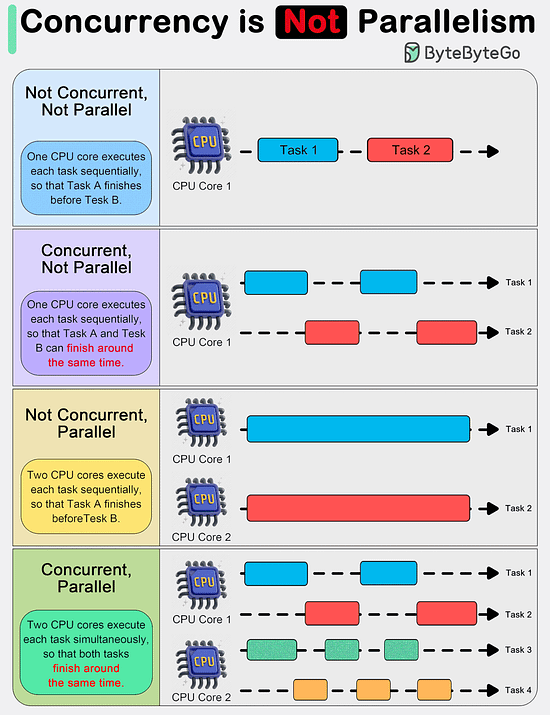
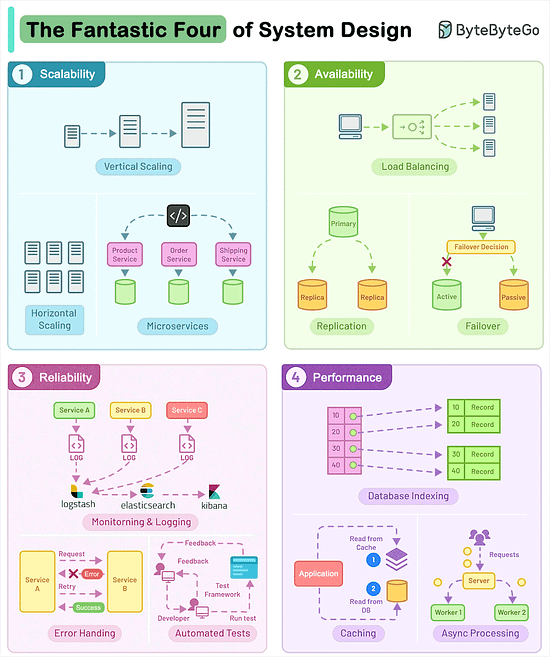















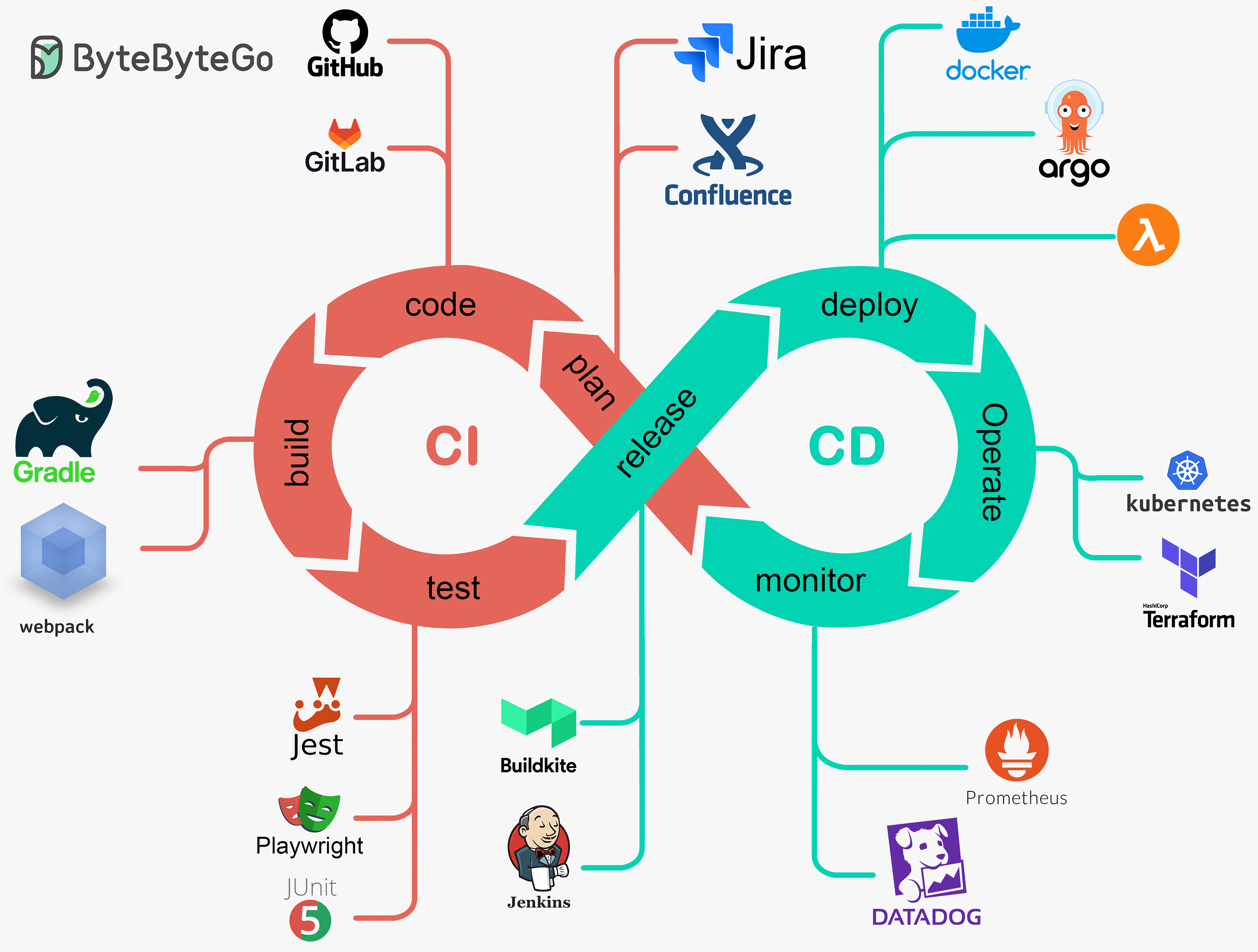











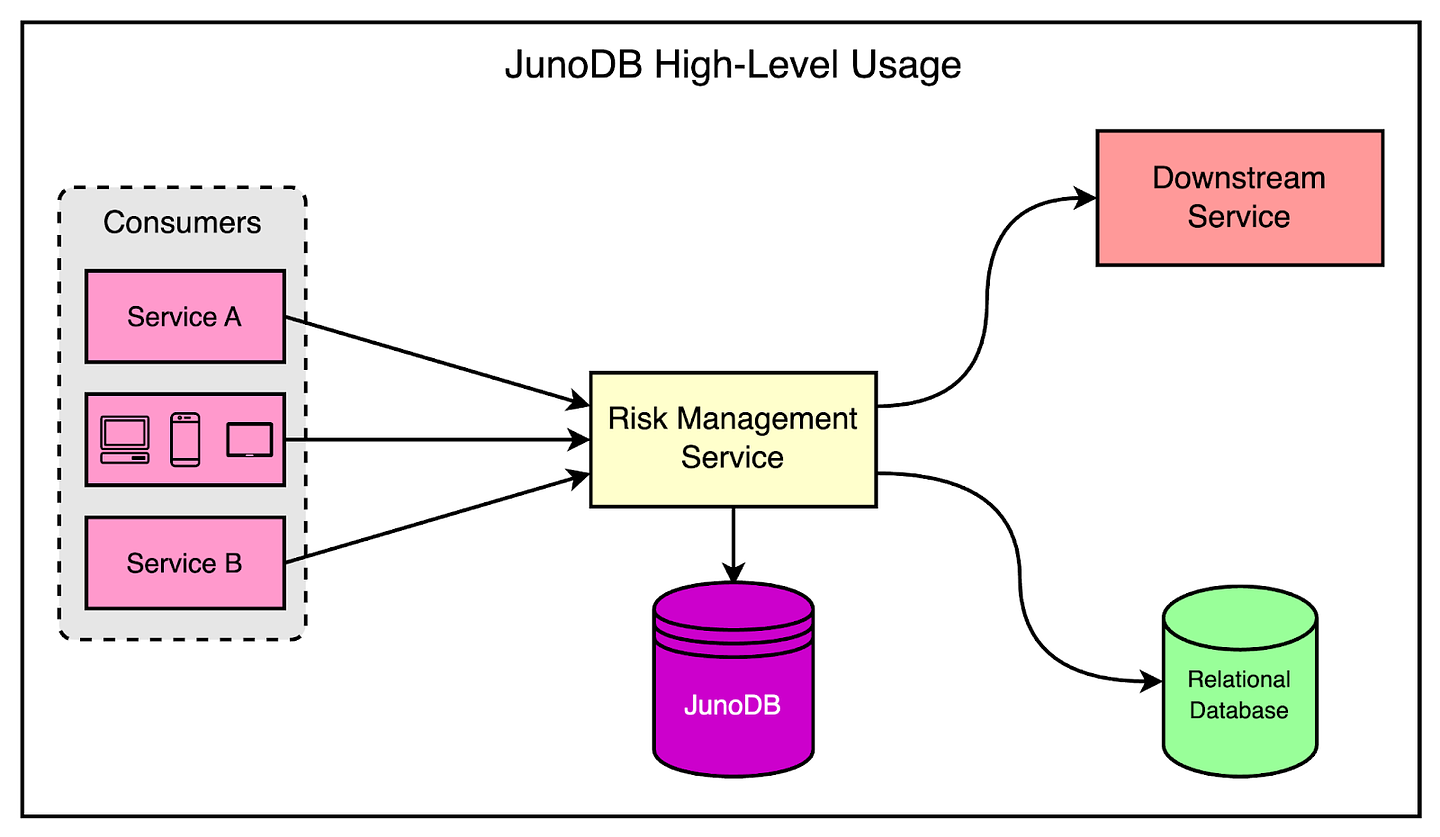
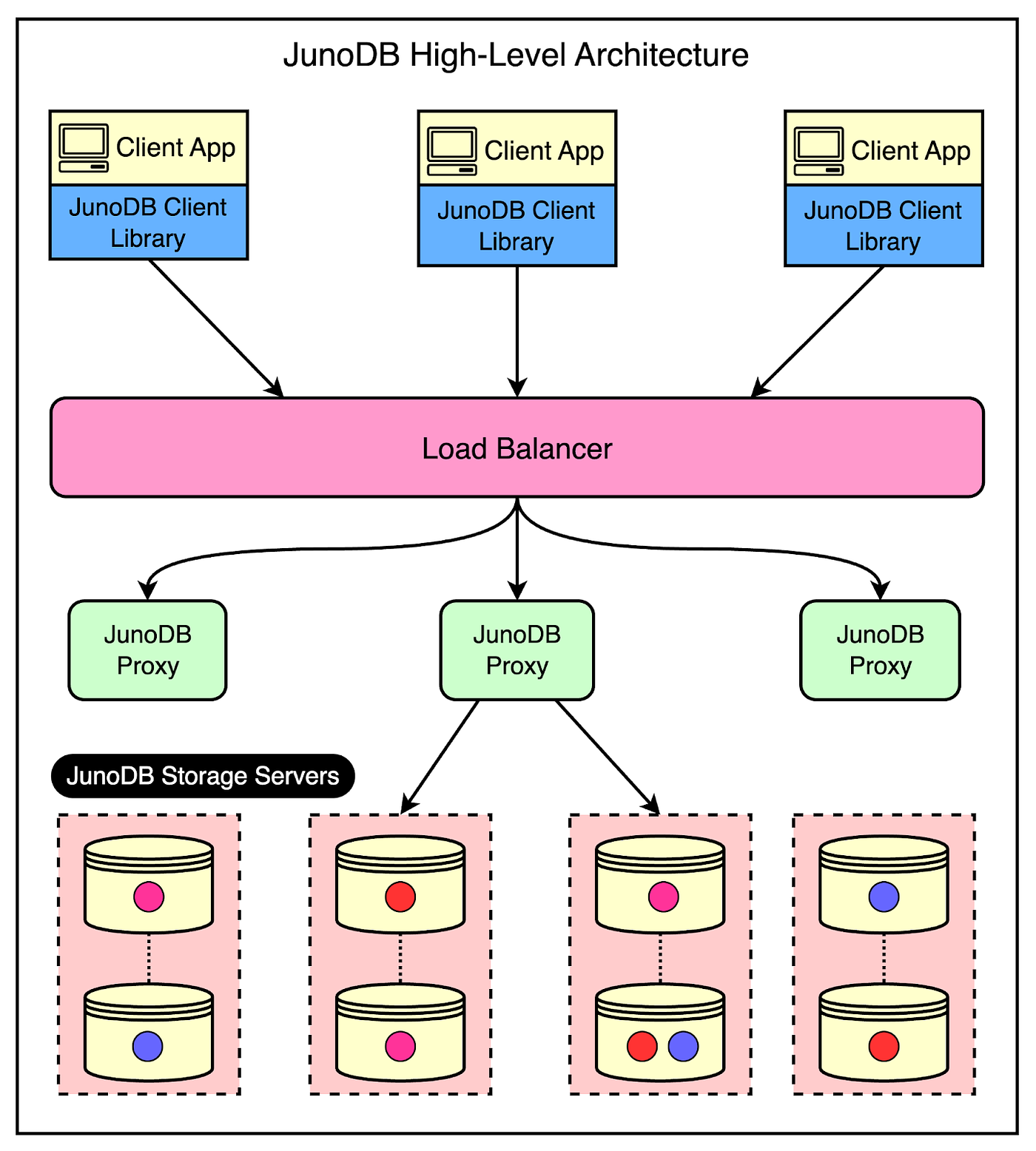
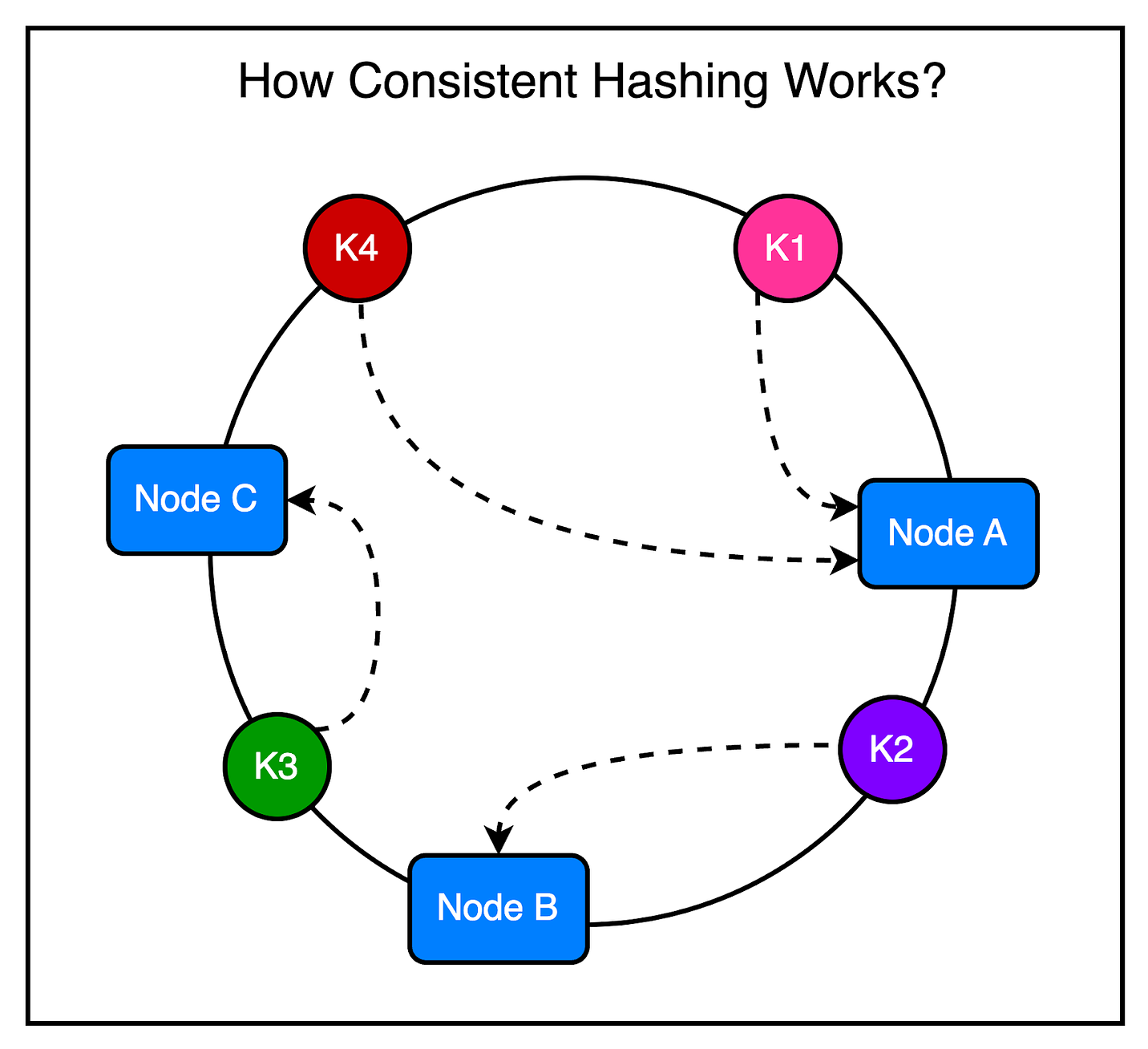
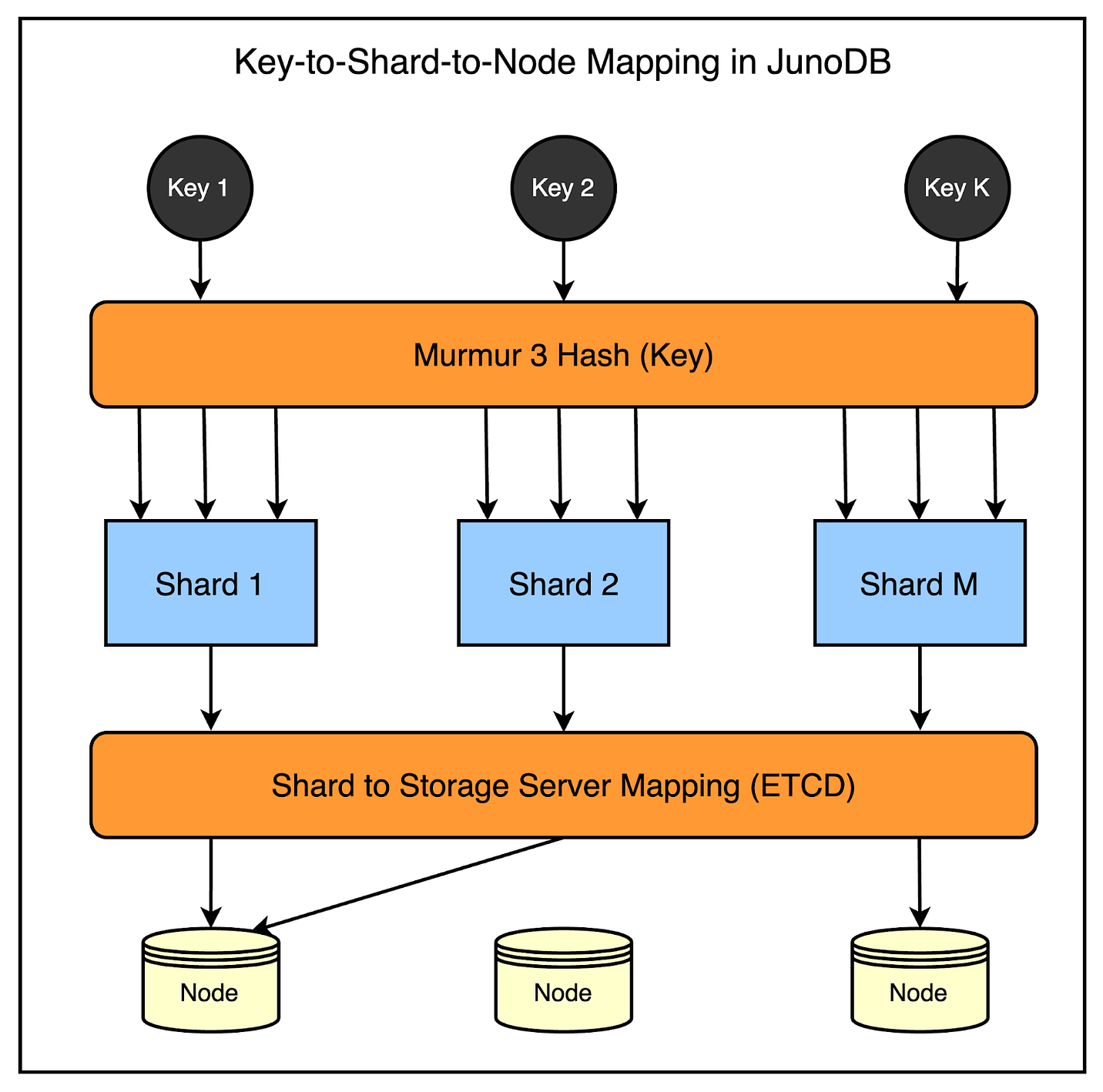
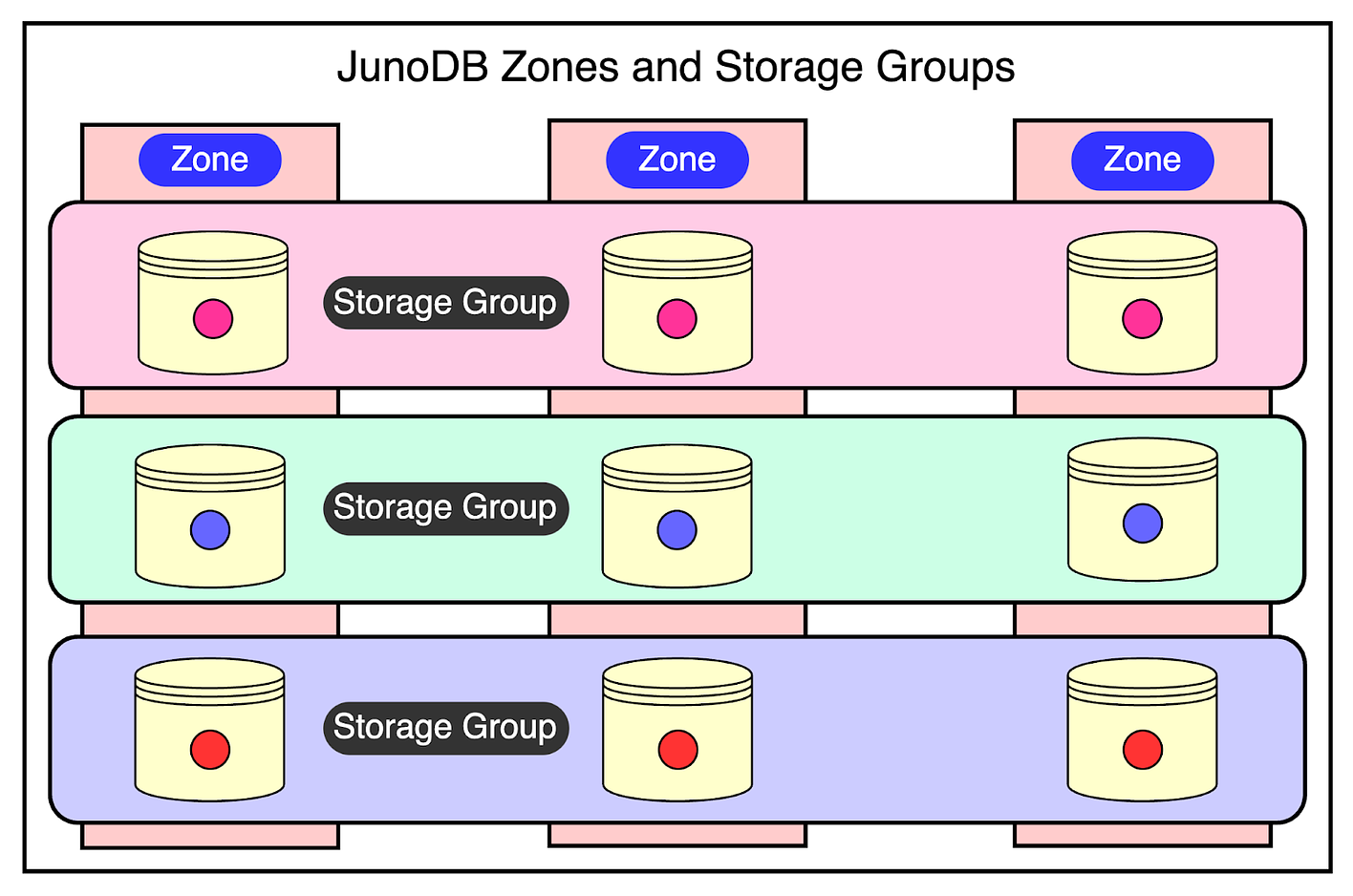
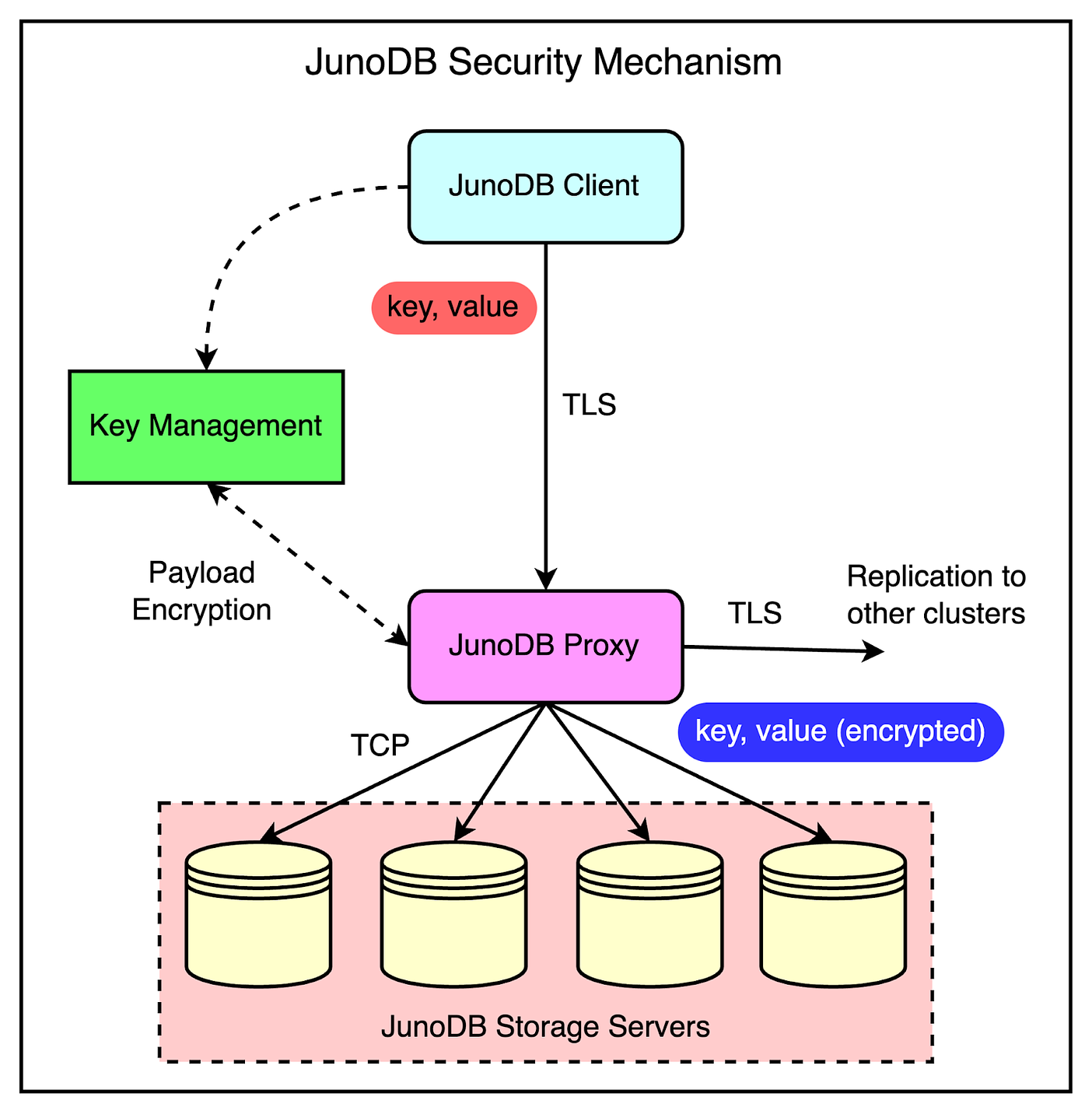
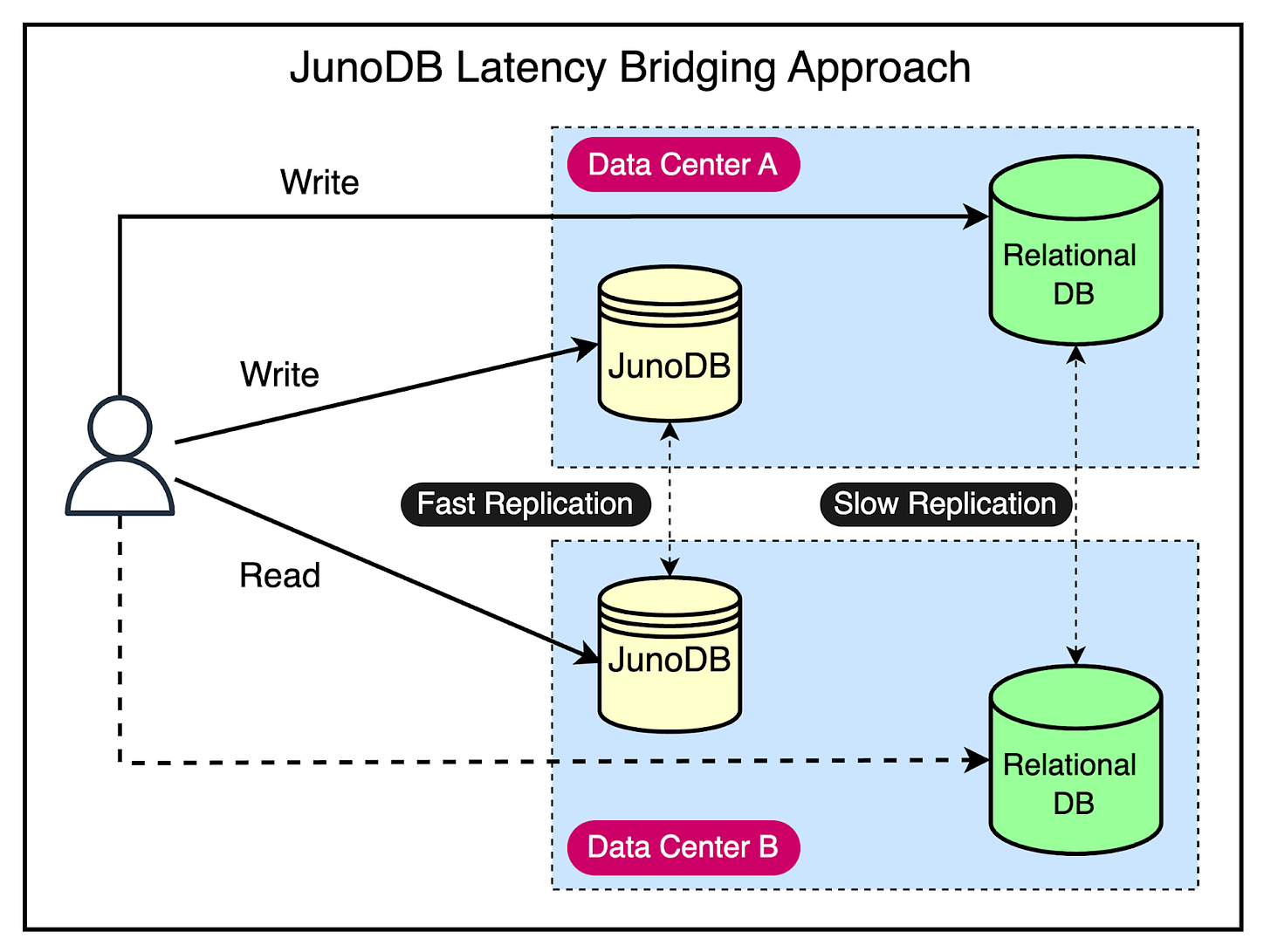










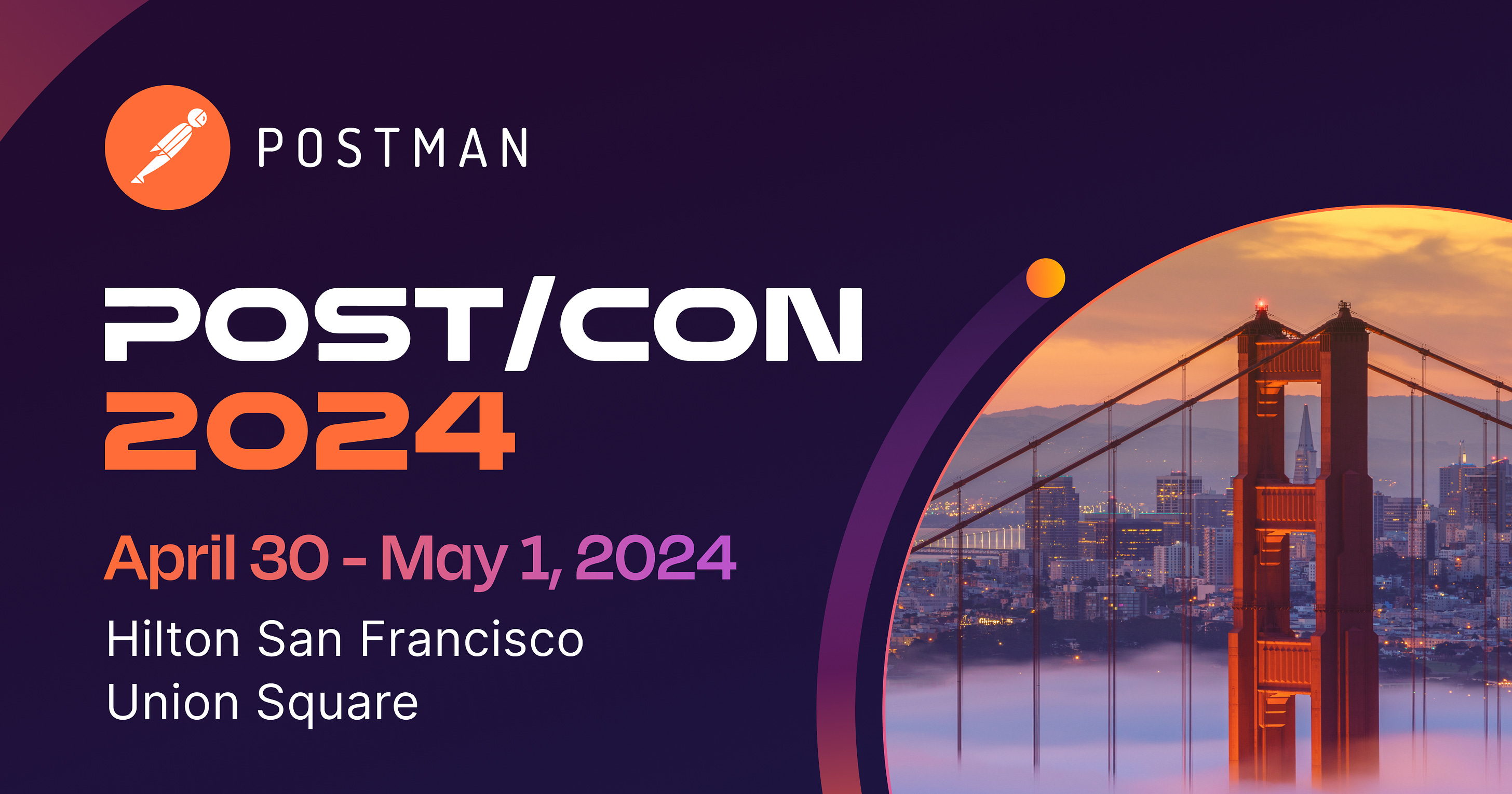
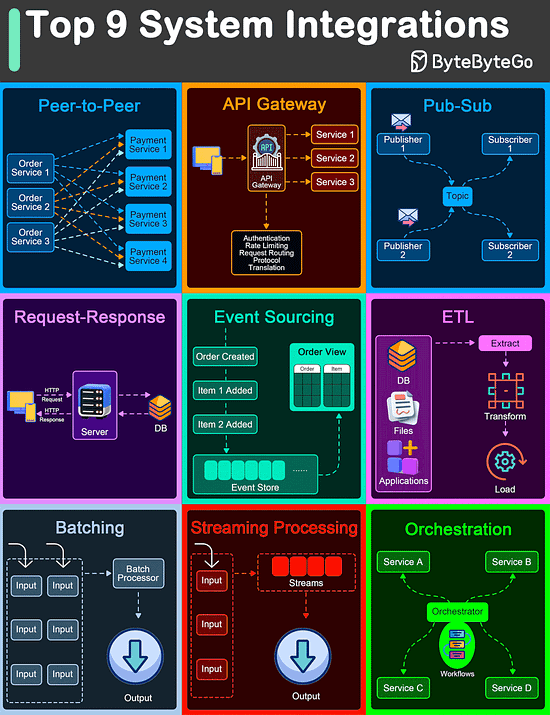

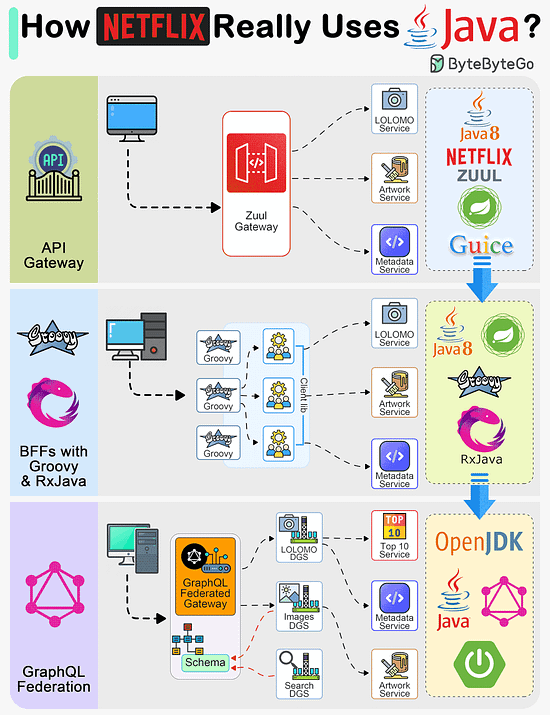
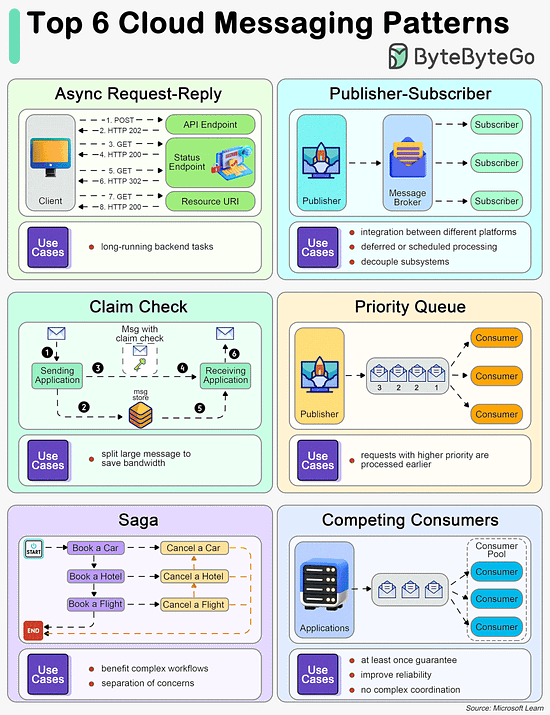
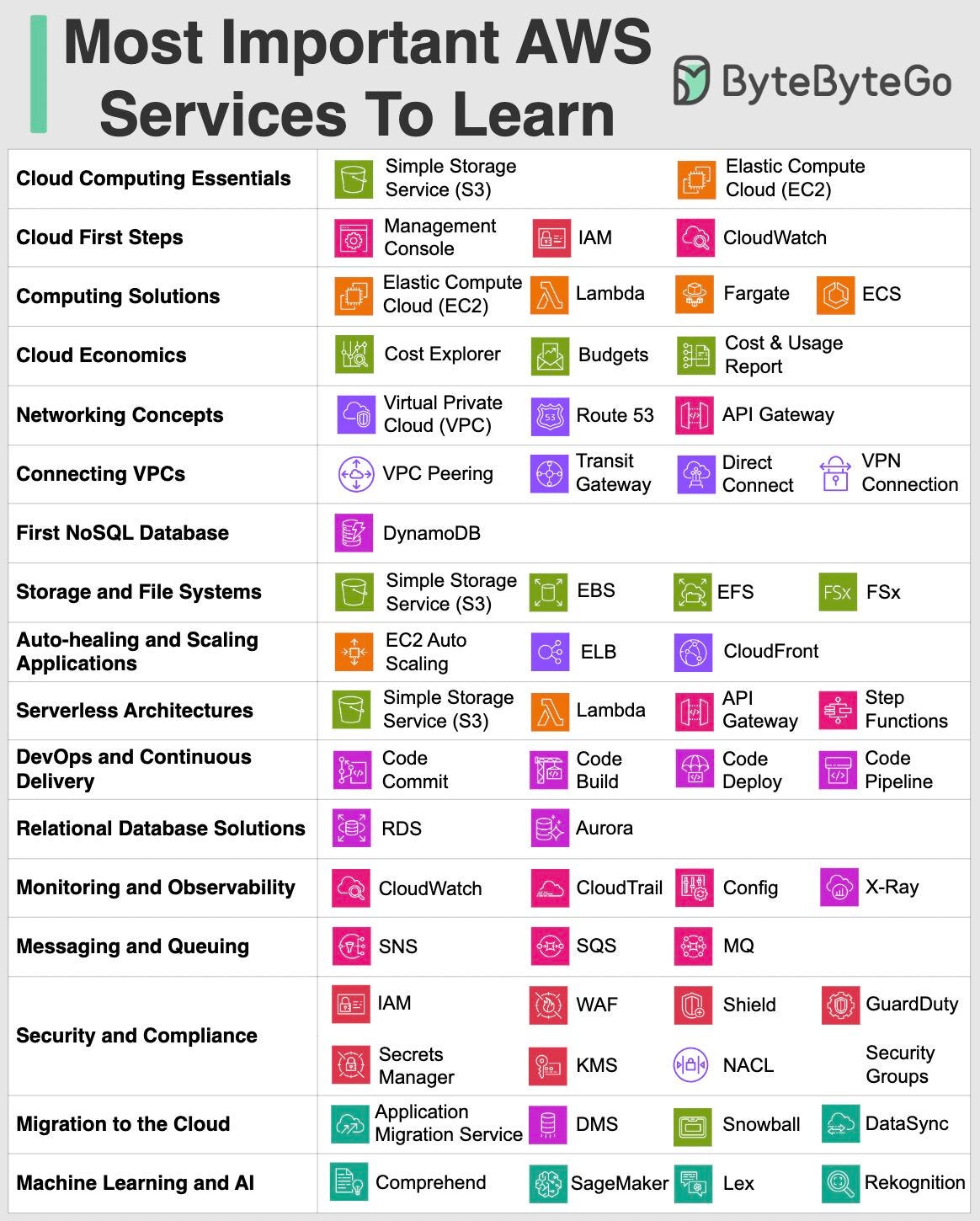



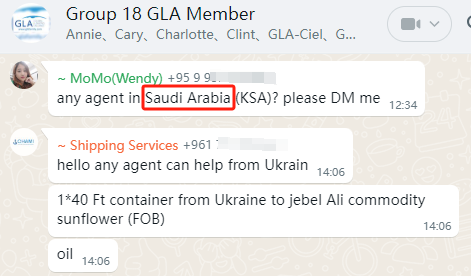





.png?width=1200&upscale=true&name=White%20label%20fuel%20monitoring%20(1).png)
%20(1).png?width=1200&upscale=true&name=Group%201000003436%20(2)%20(1).png)
.png?width=1200&upscale=true&name=Frame%201237760%20(1).png)